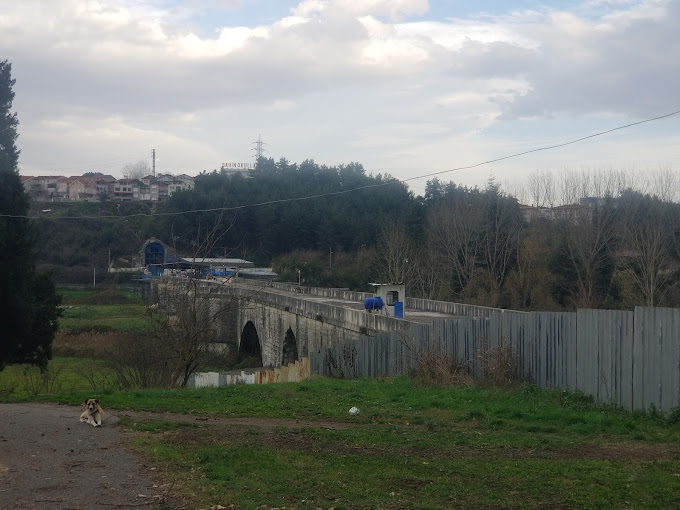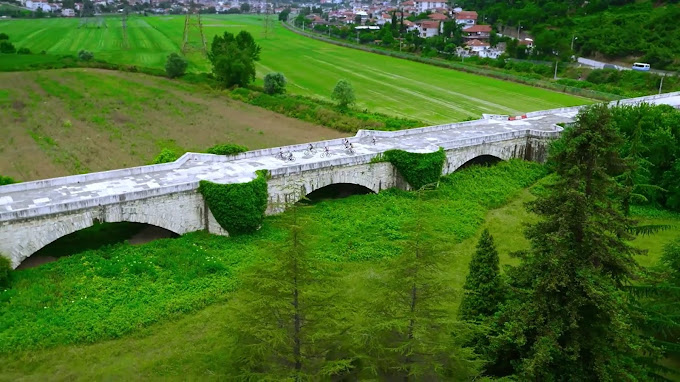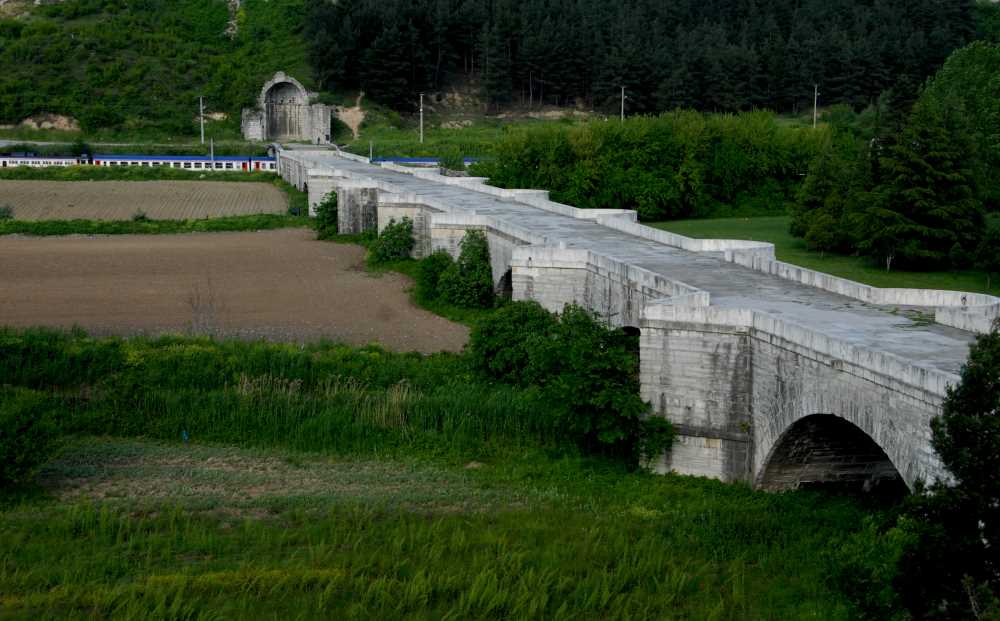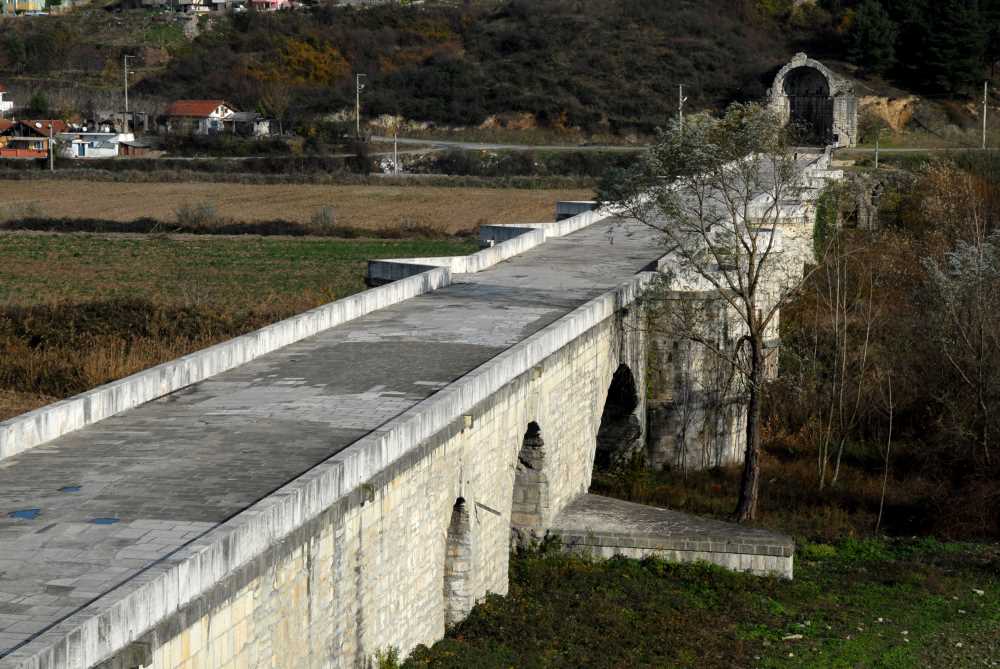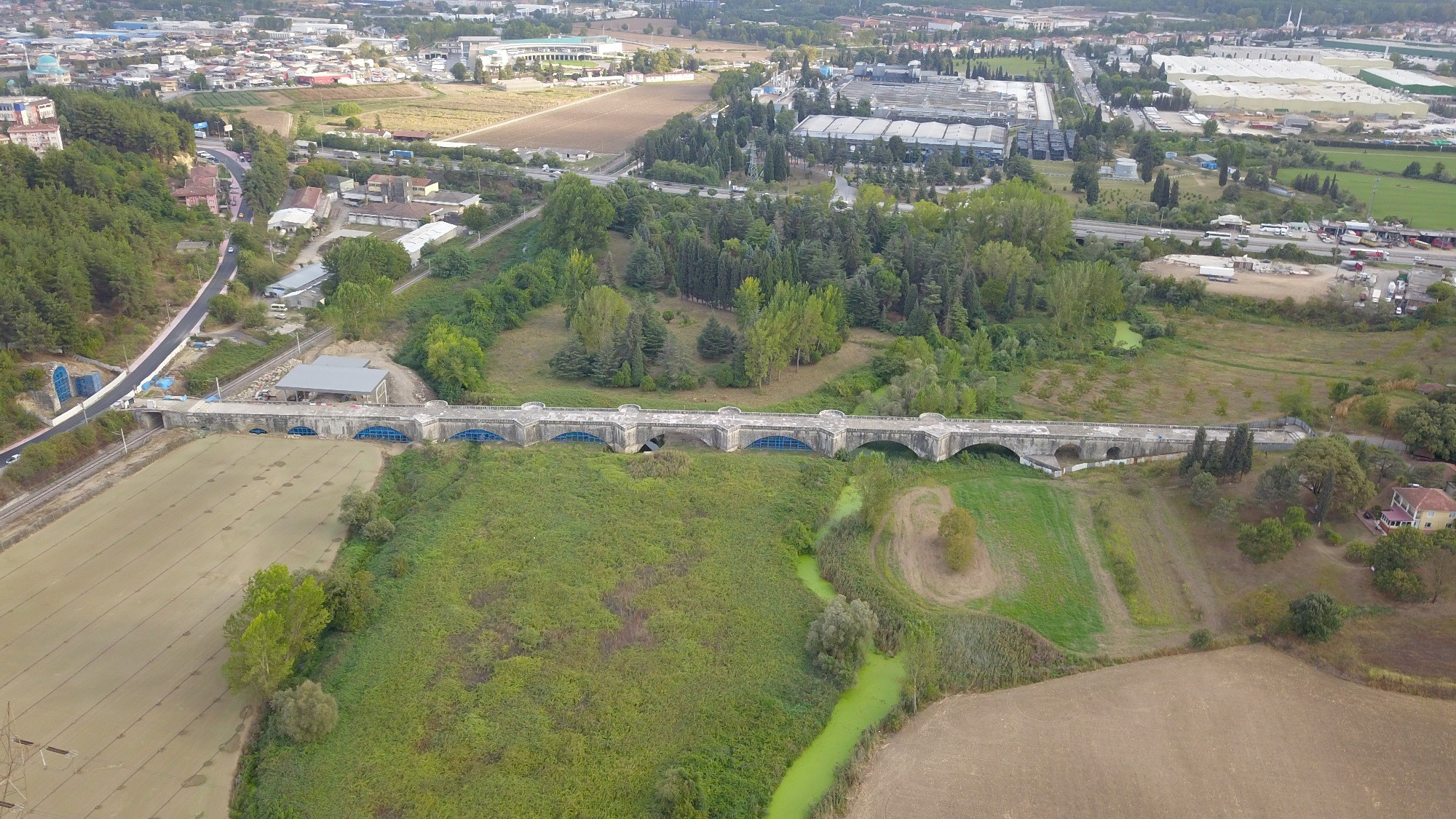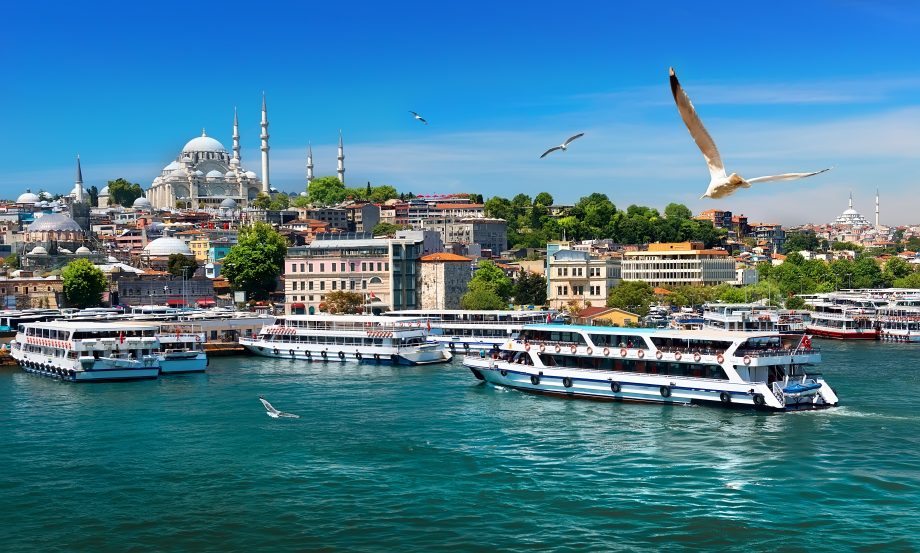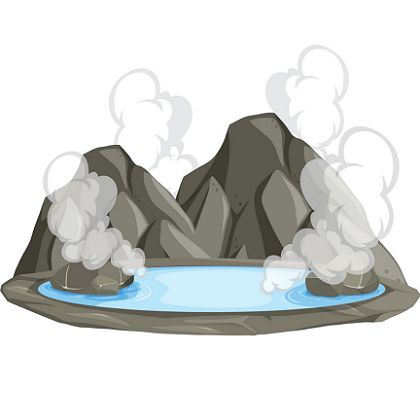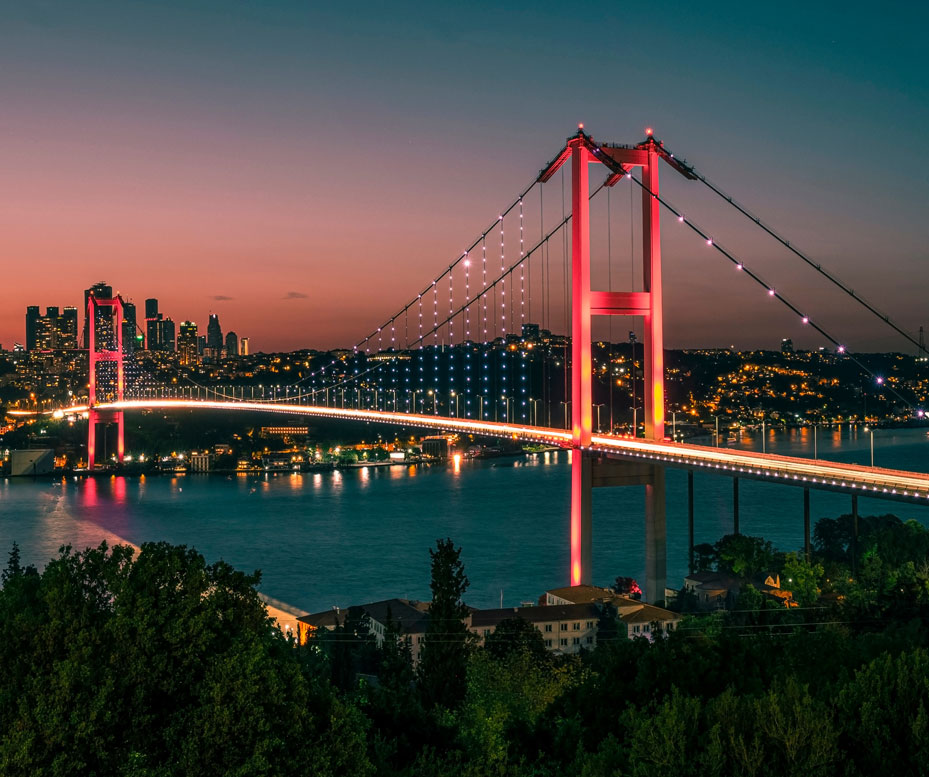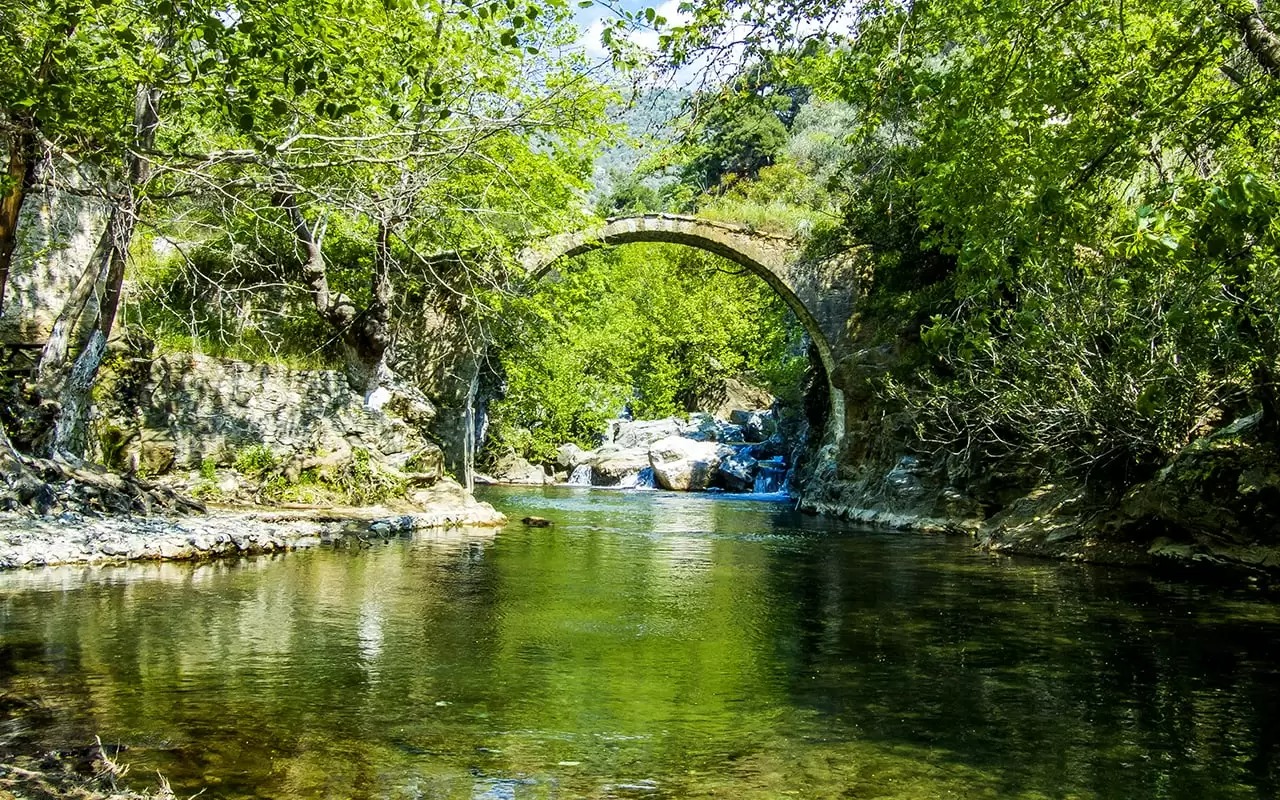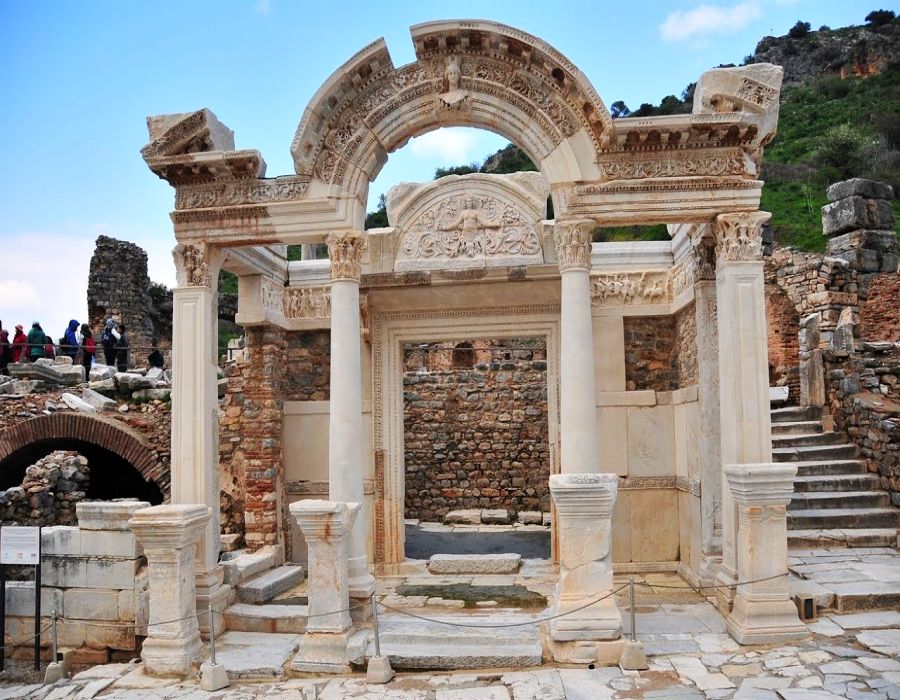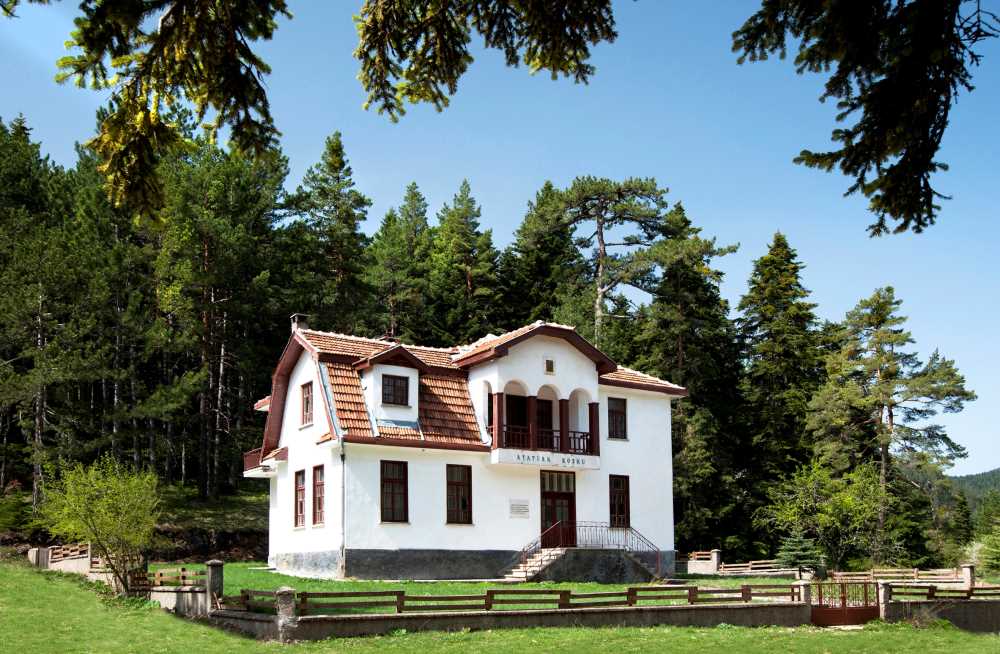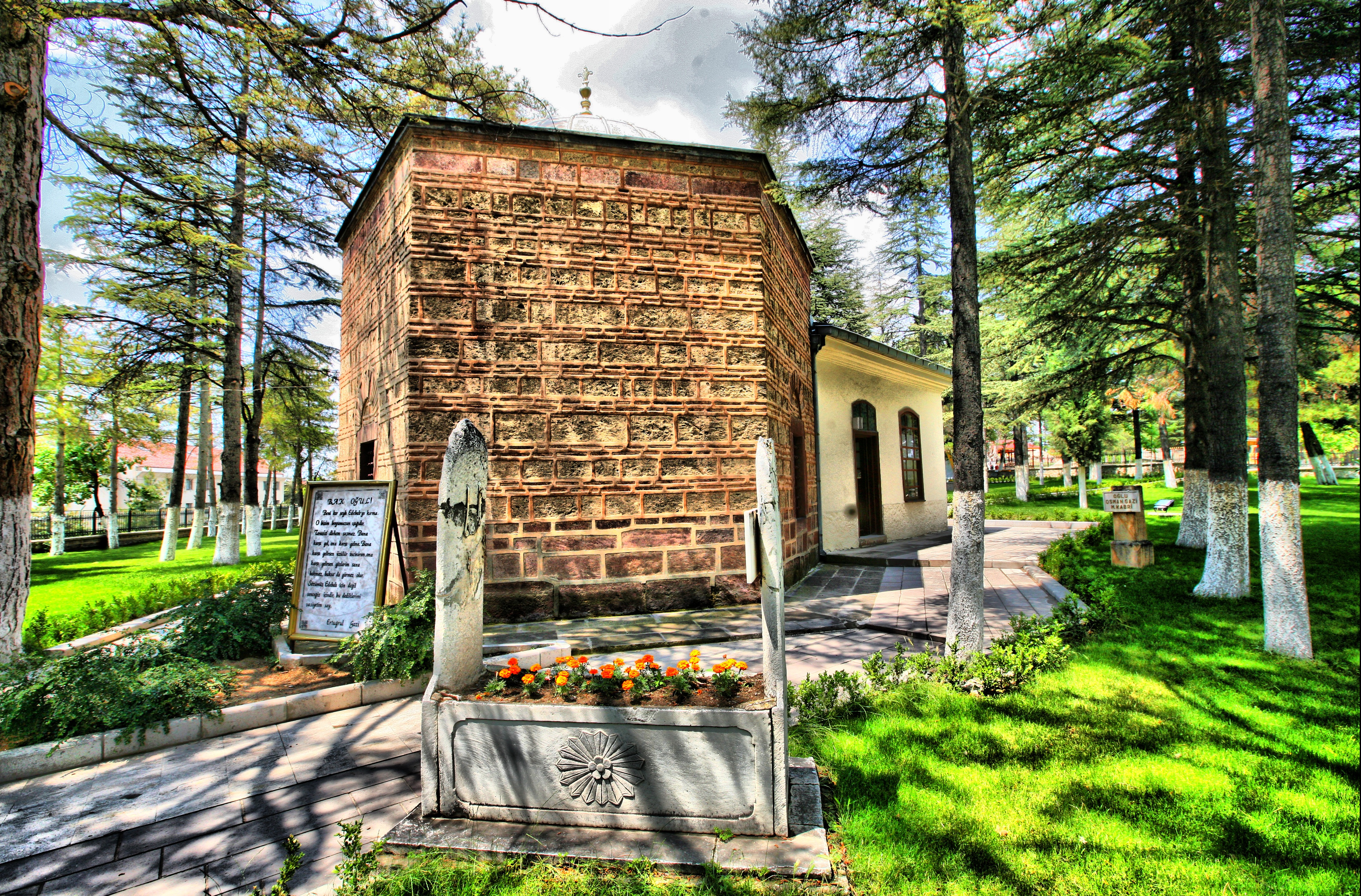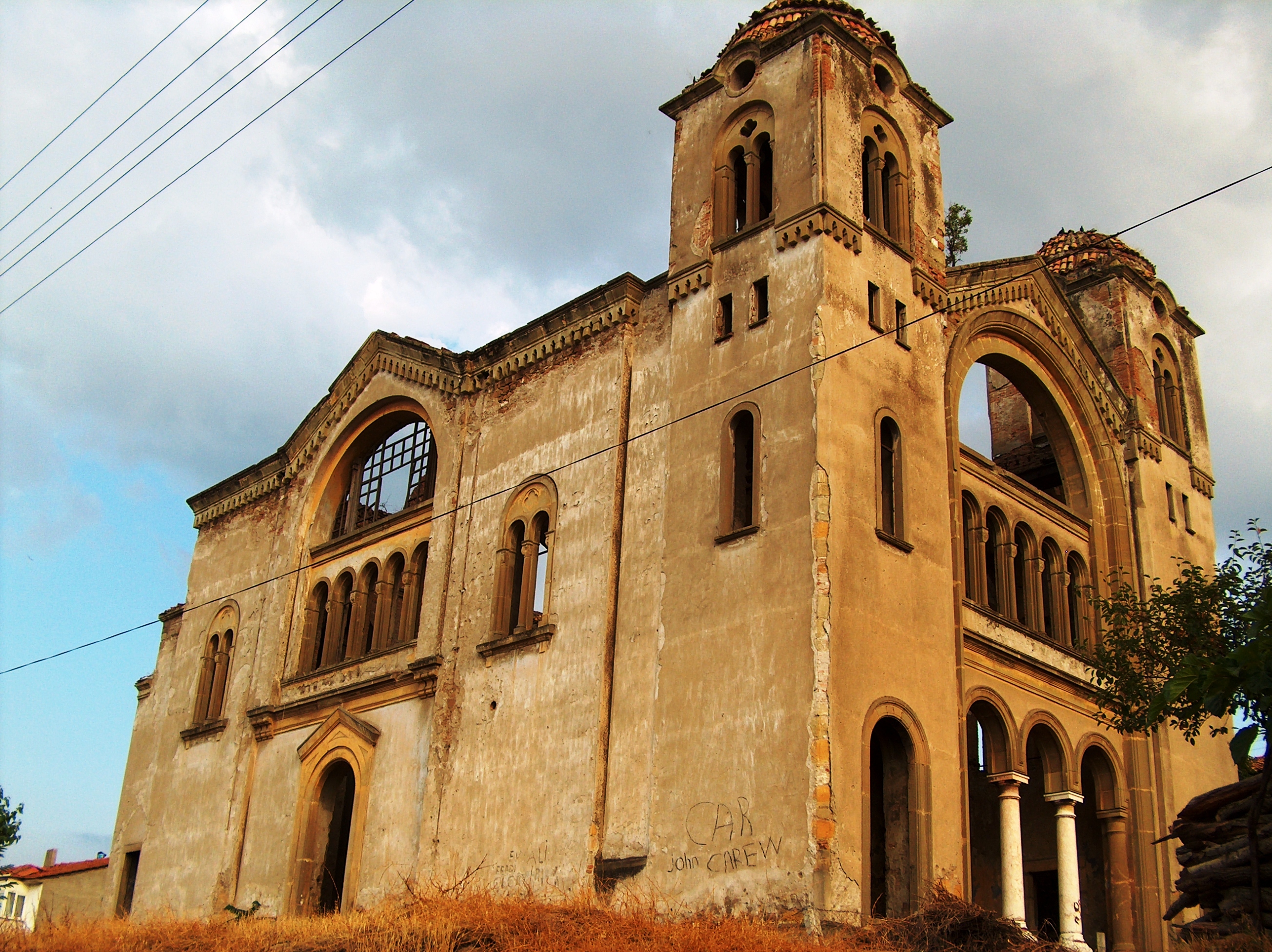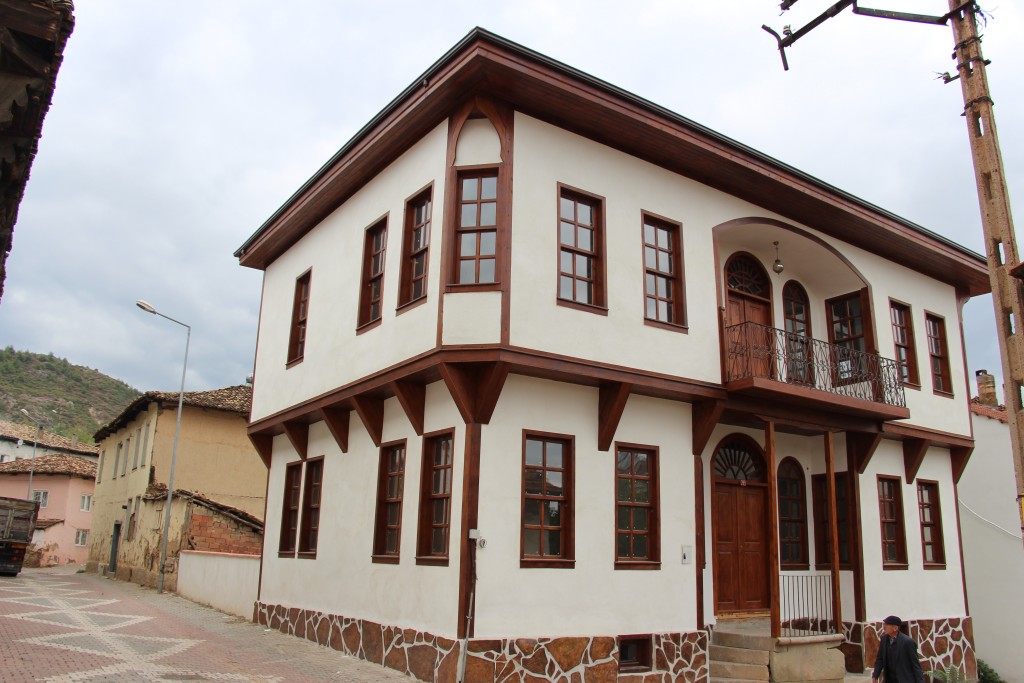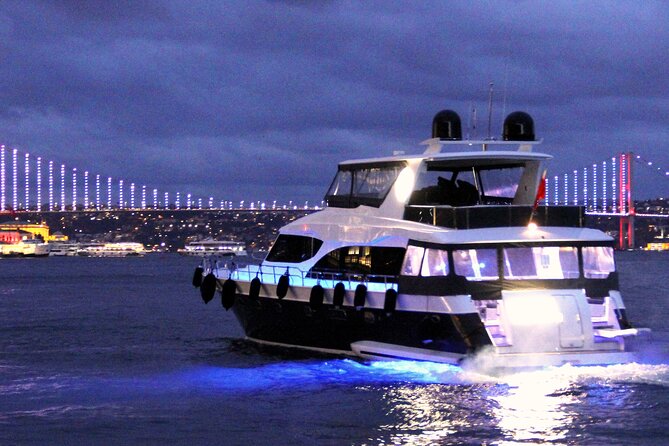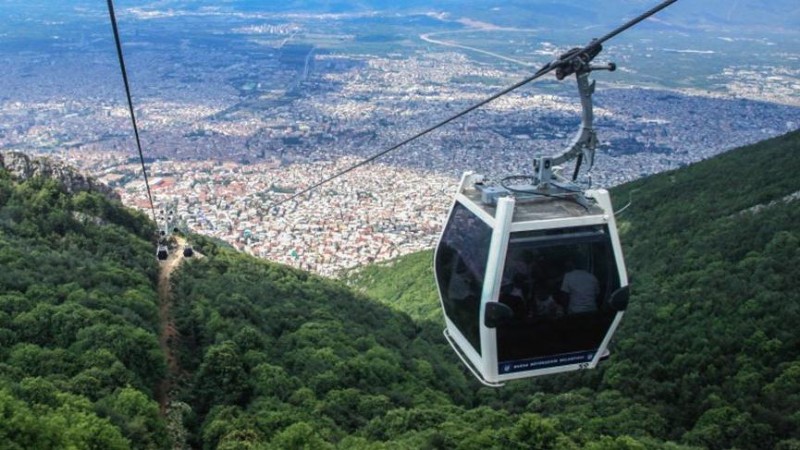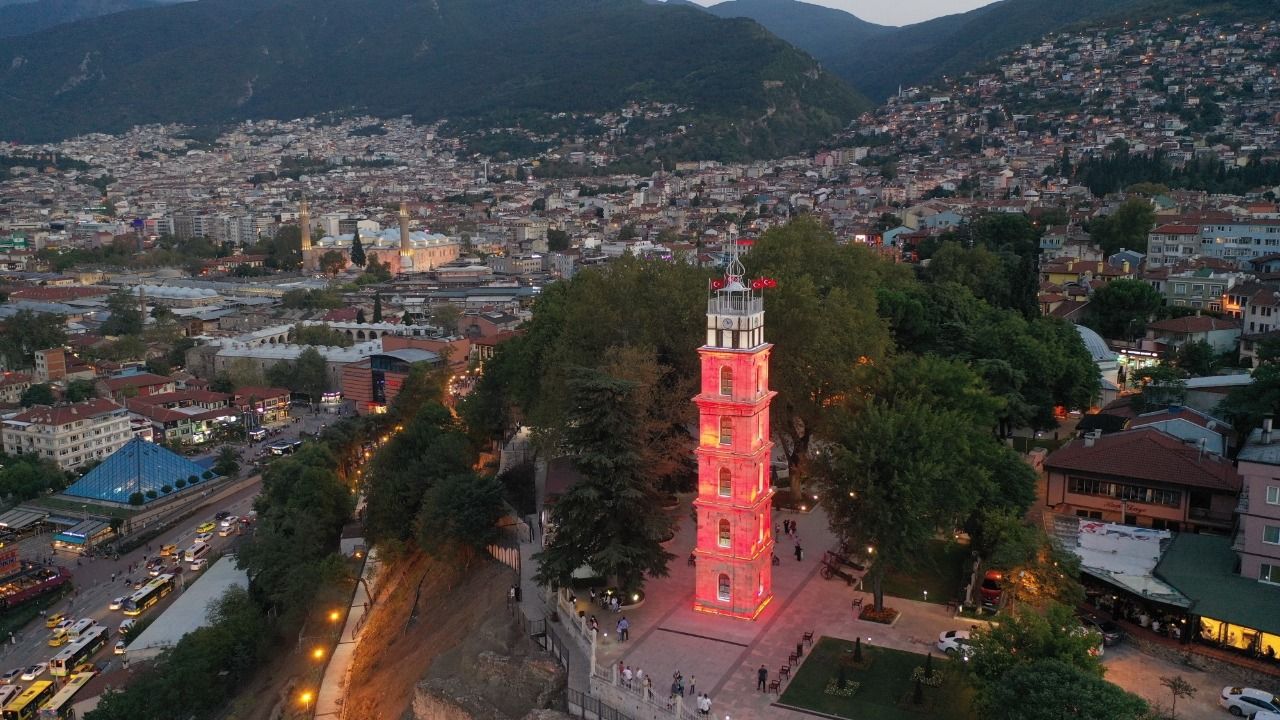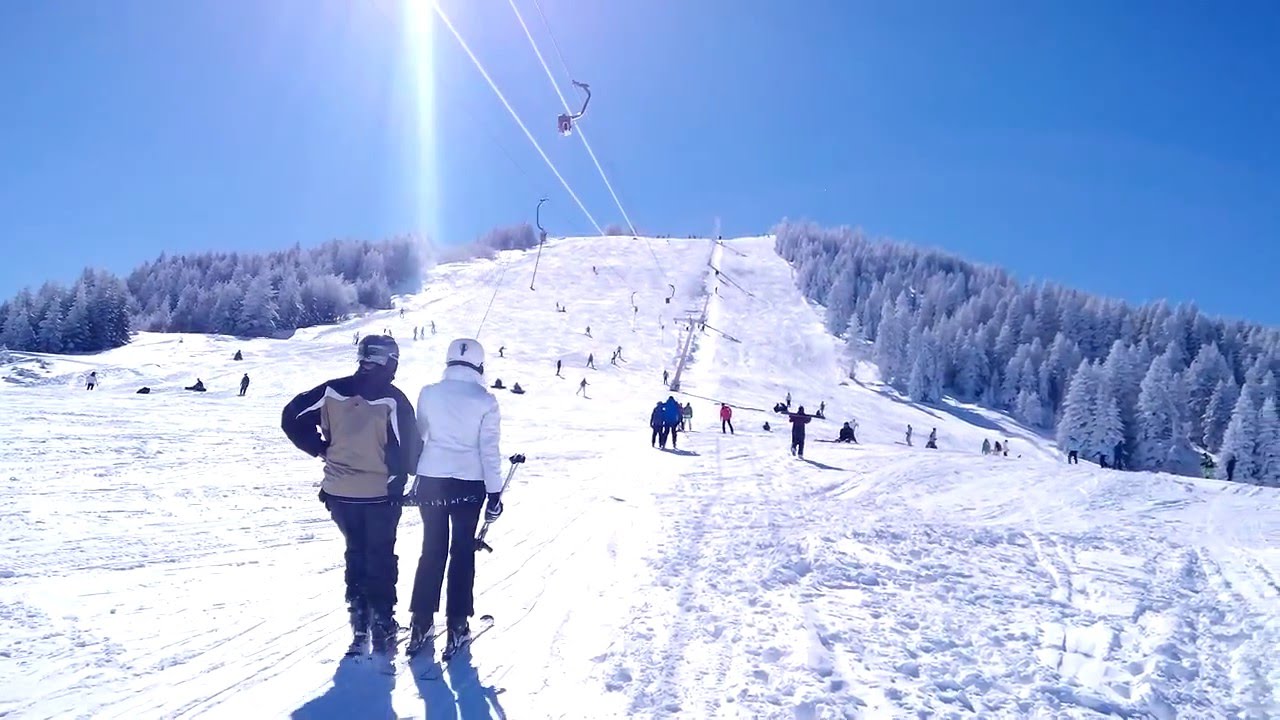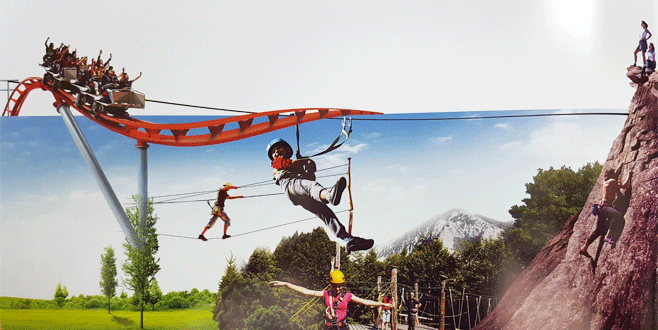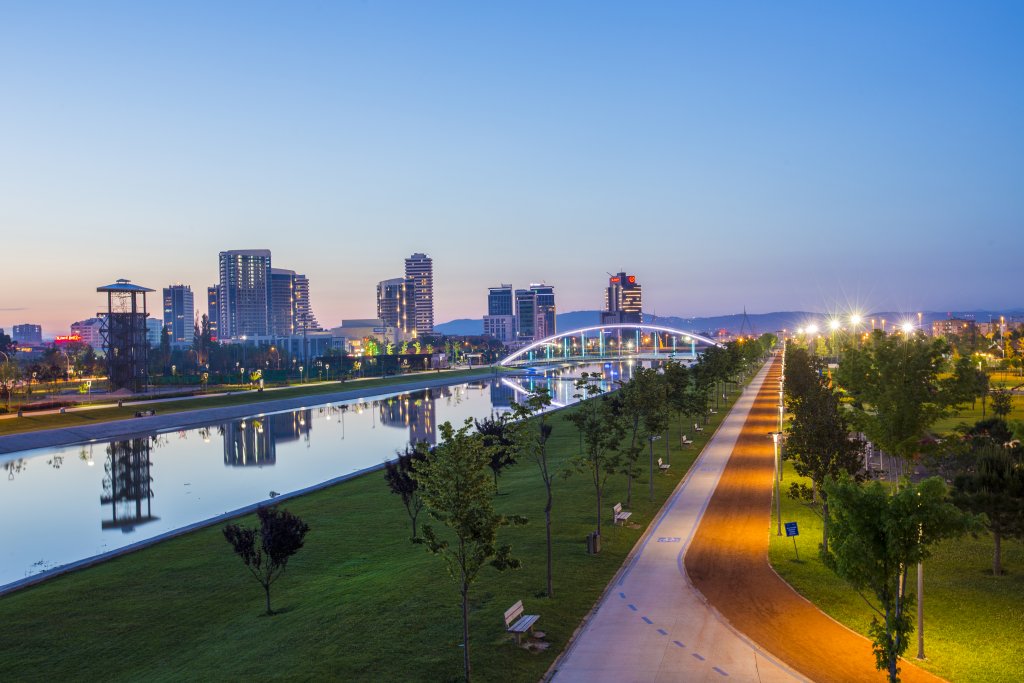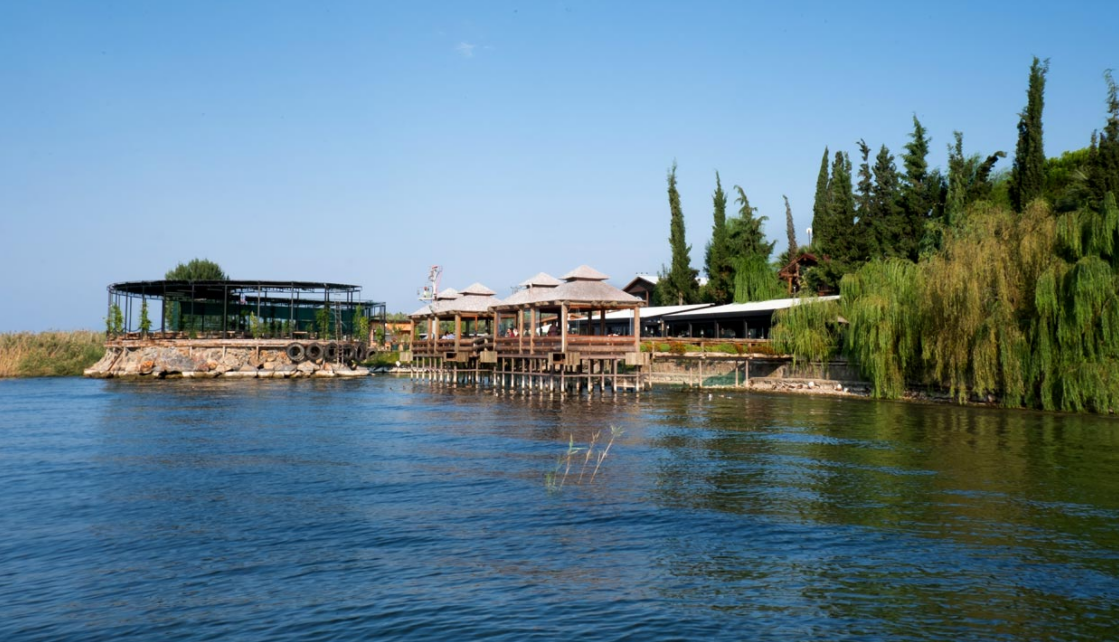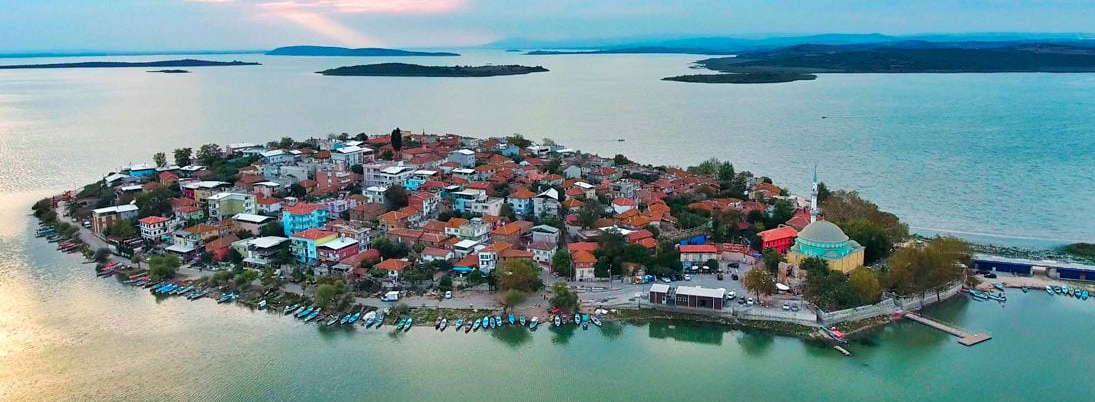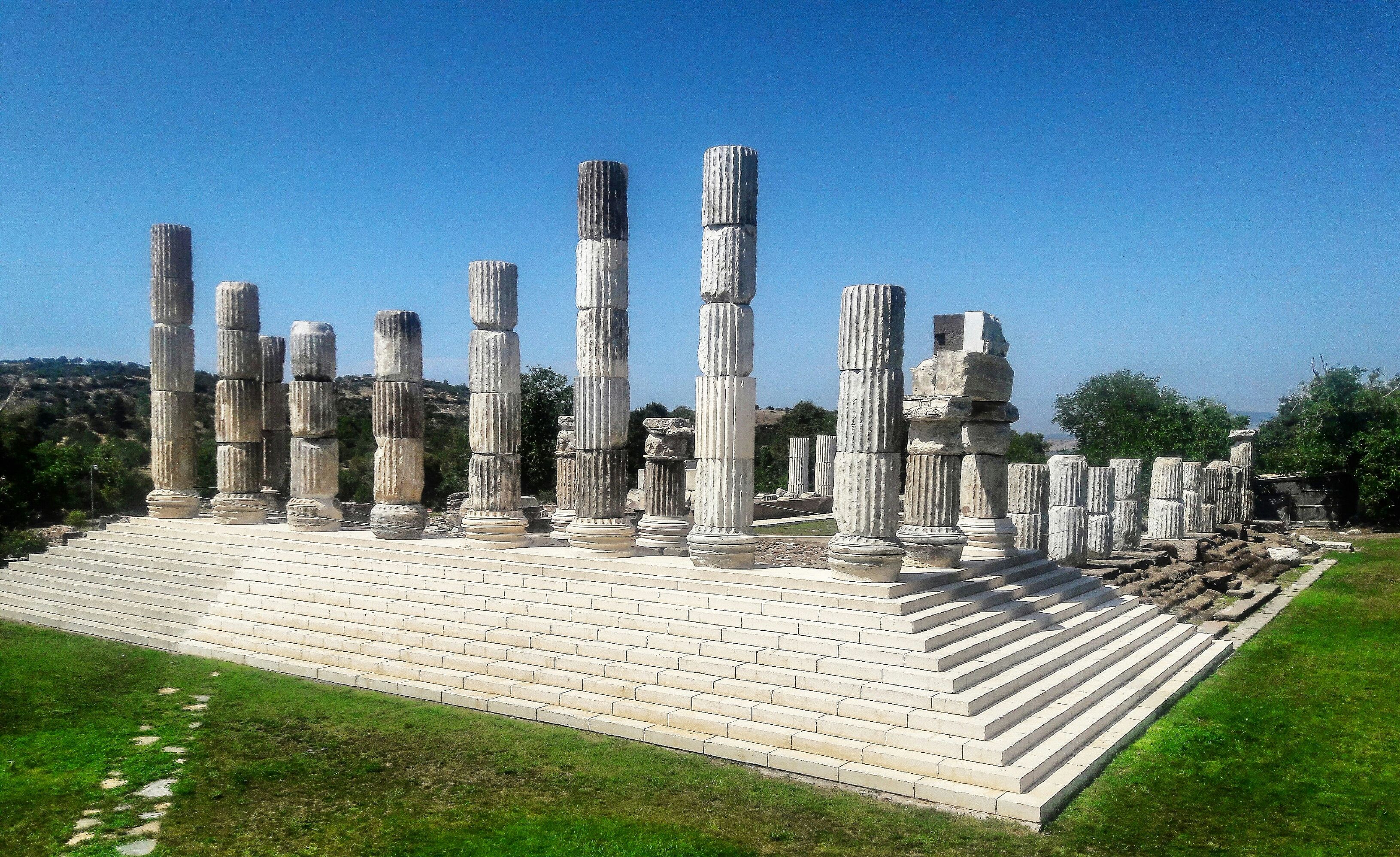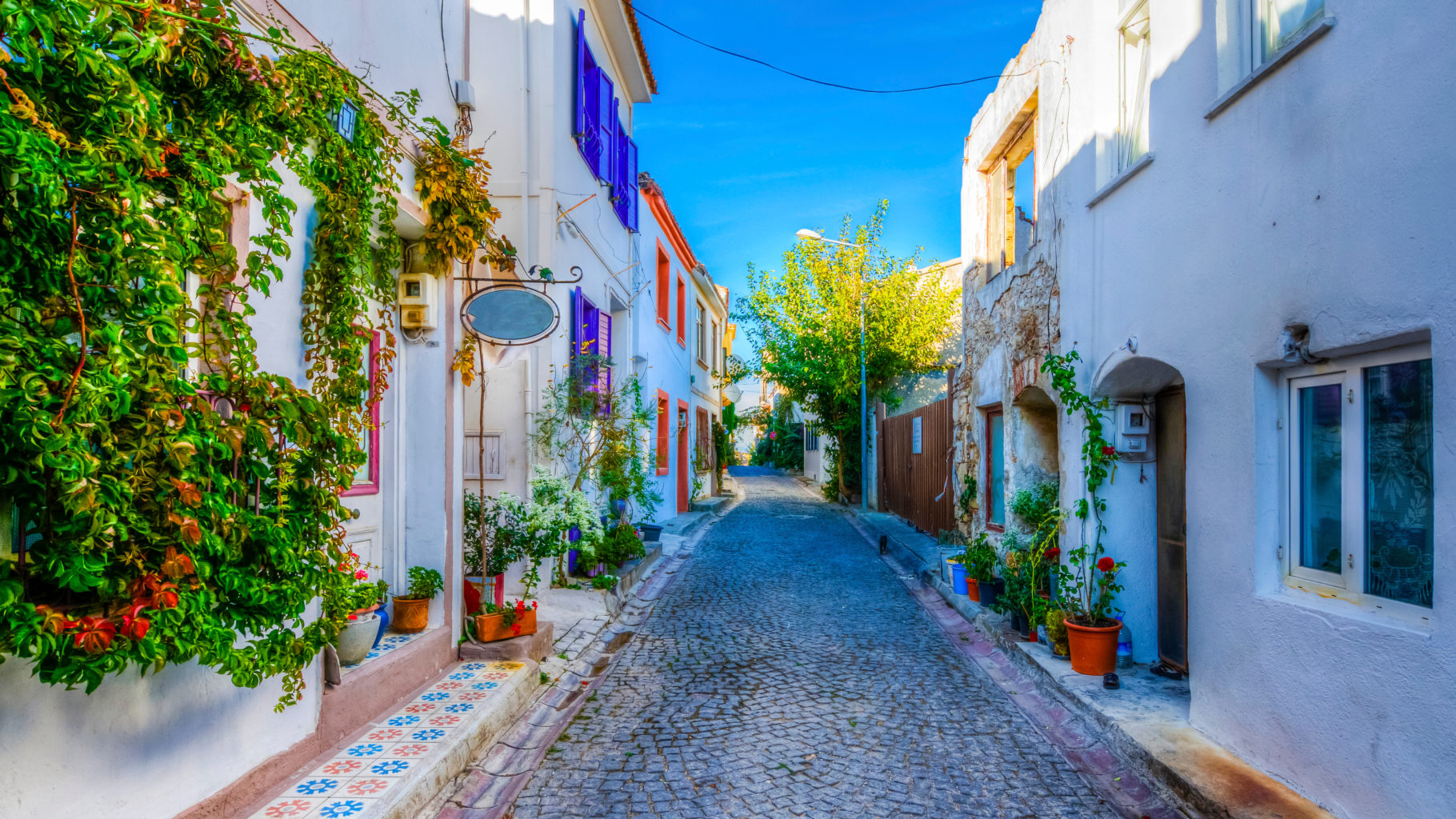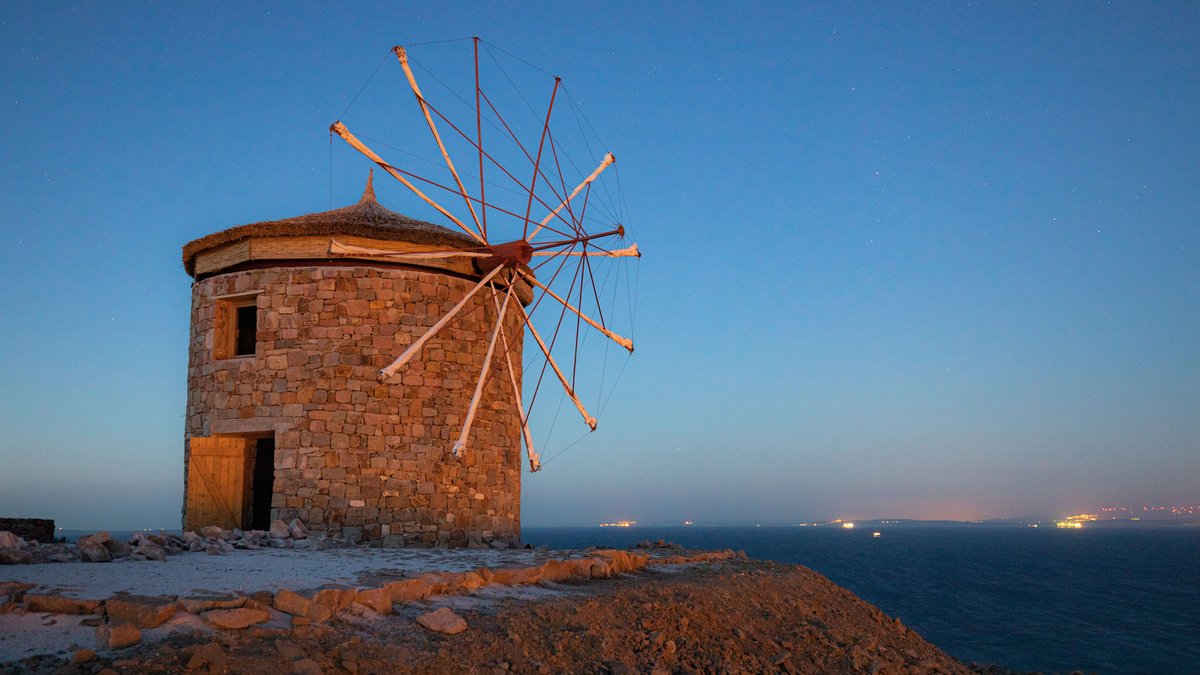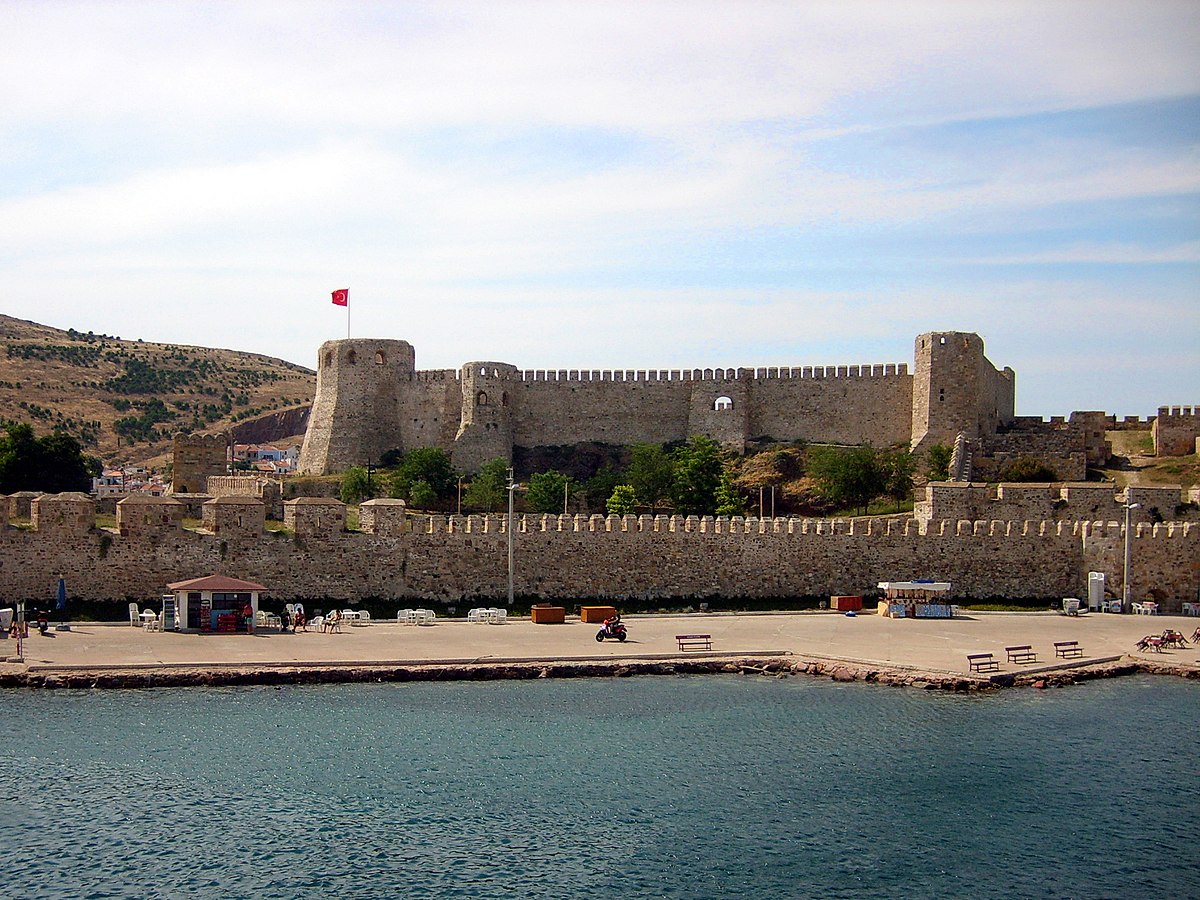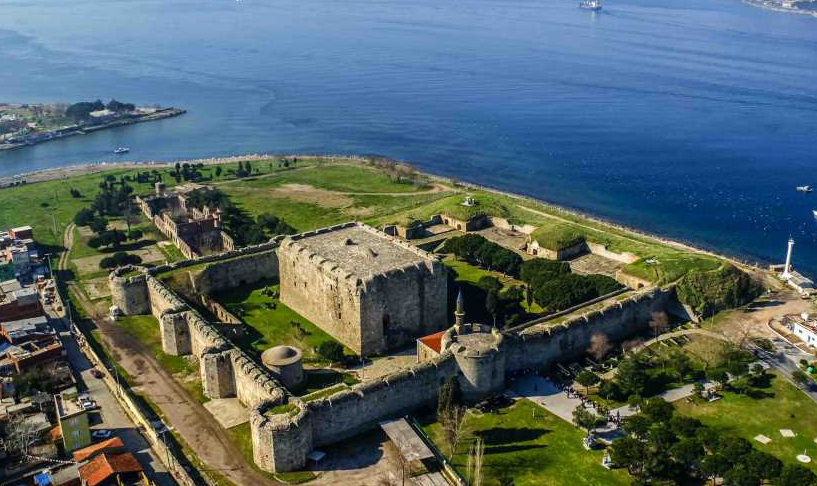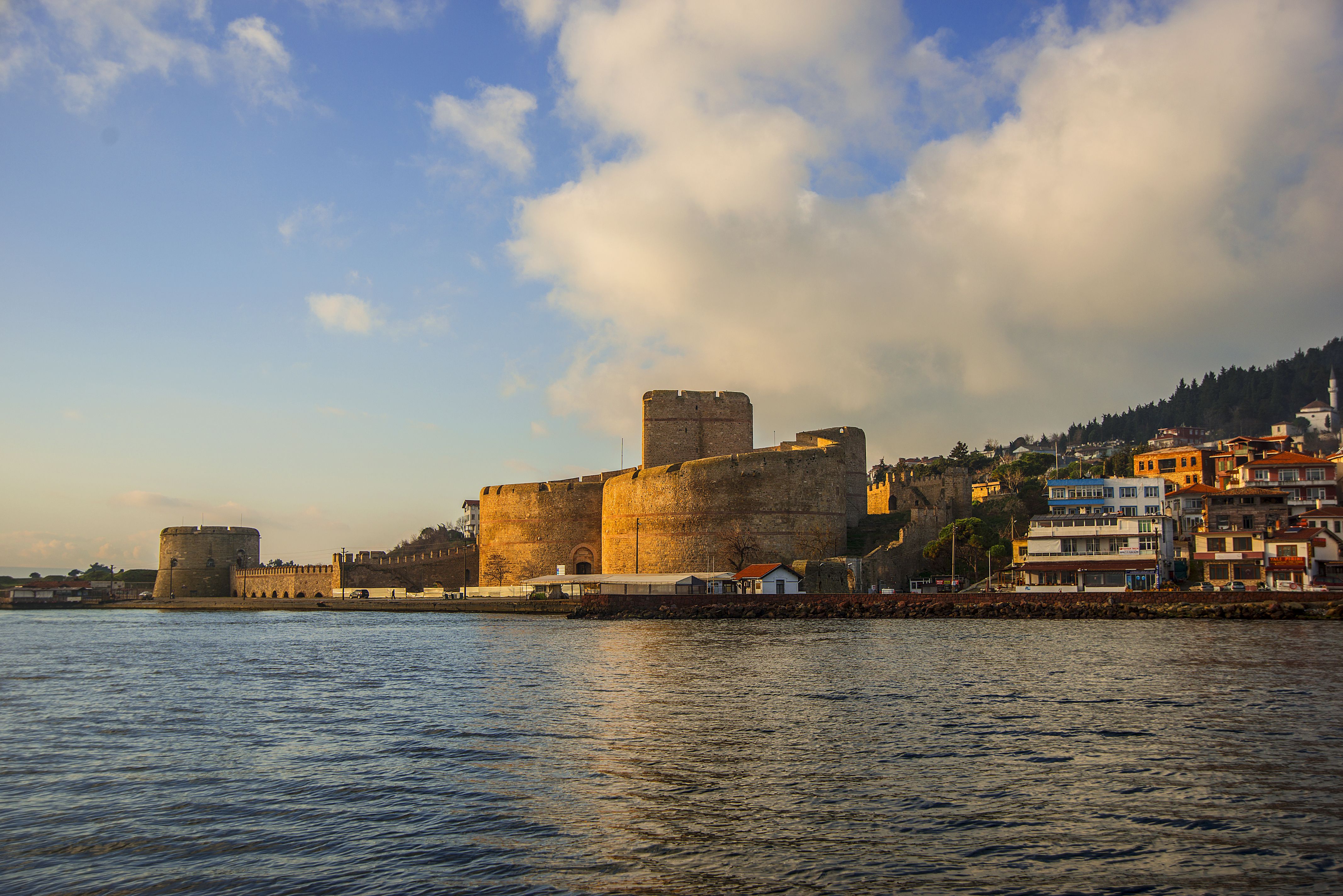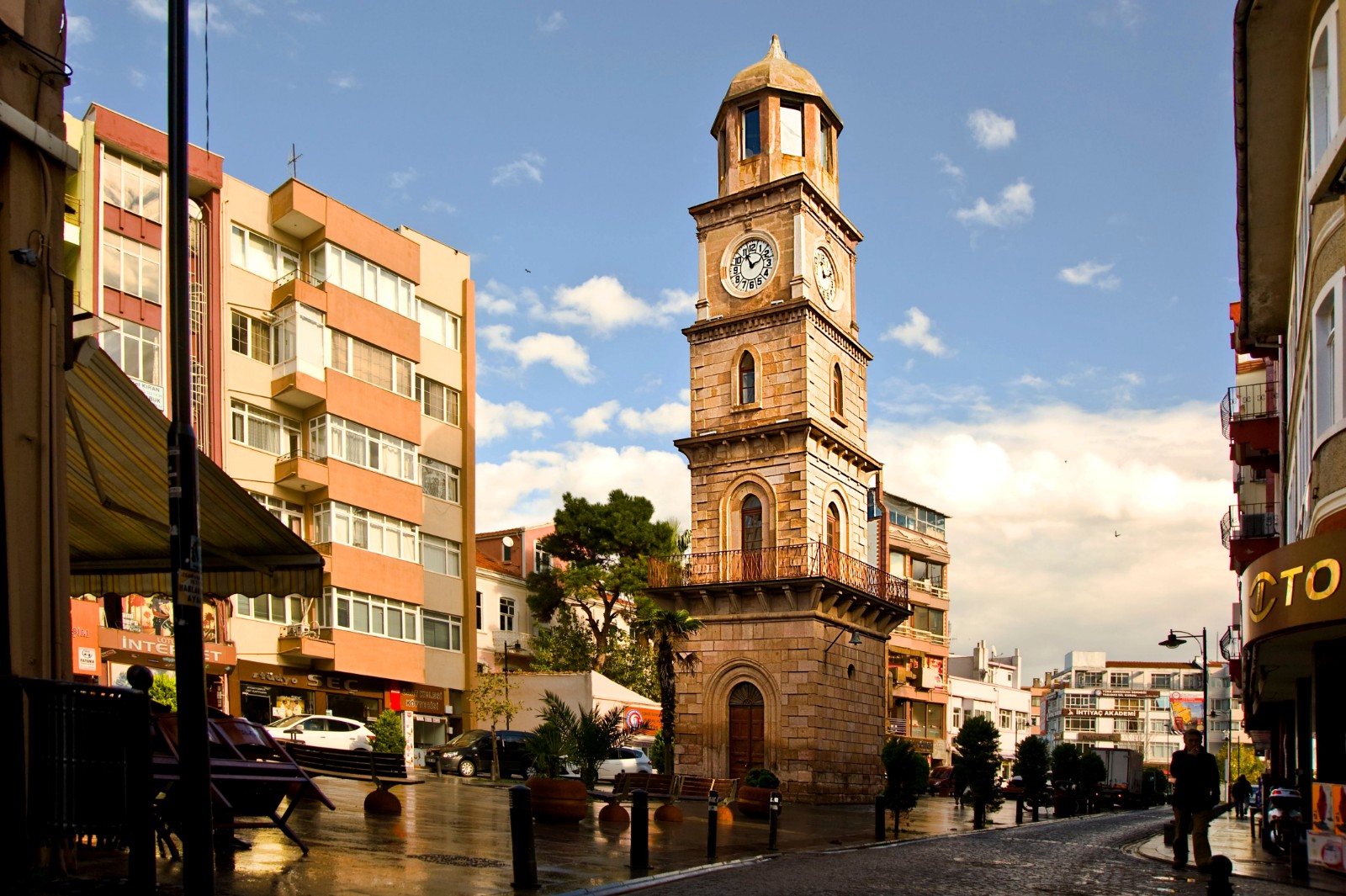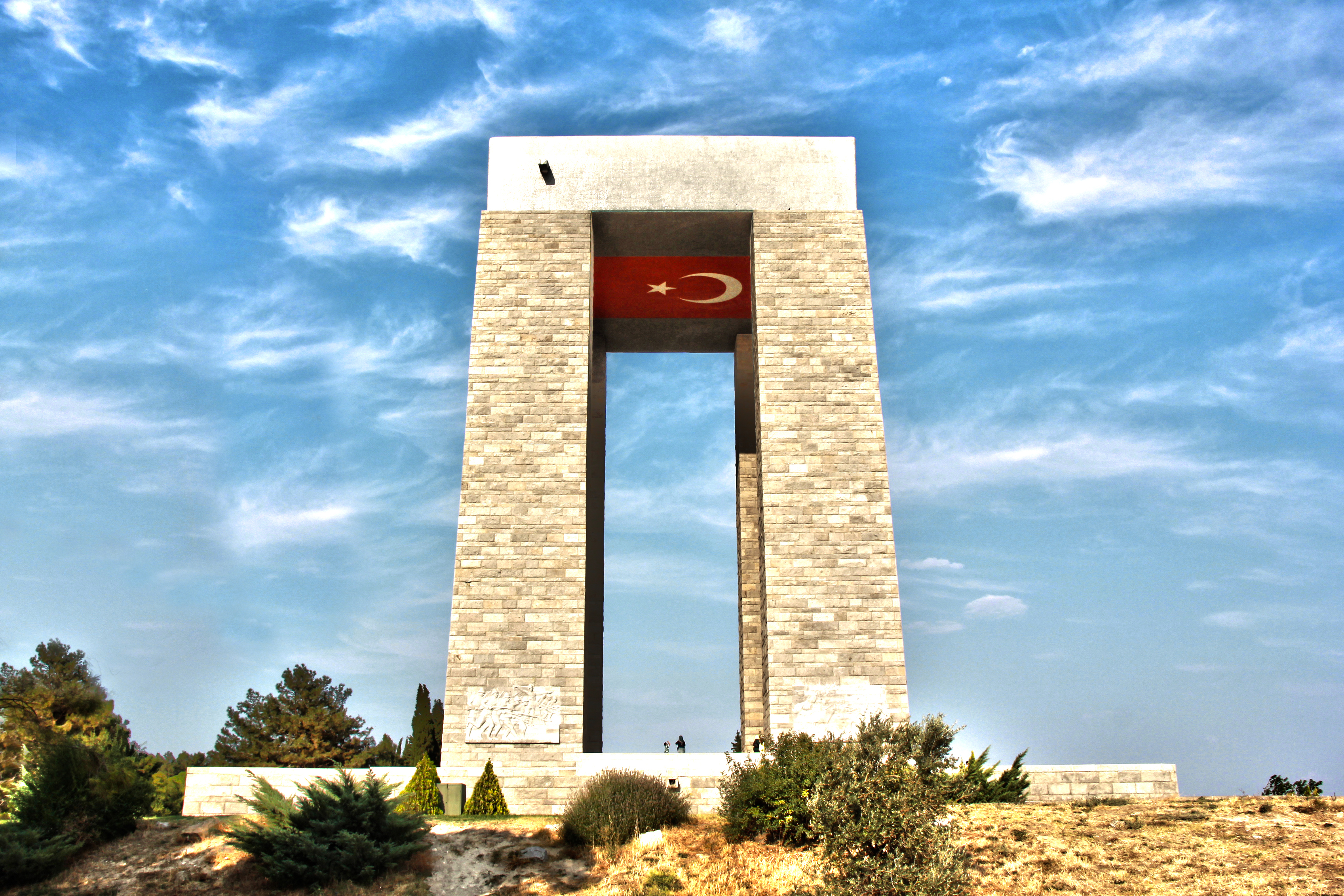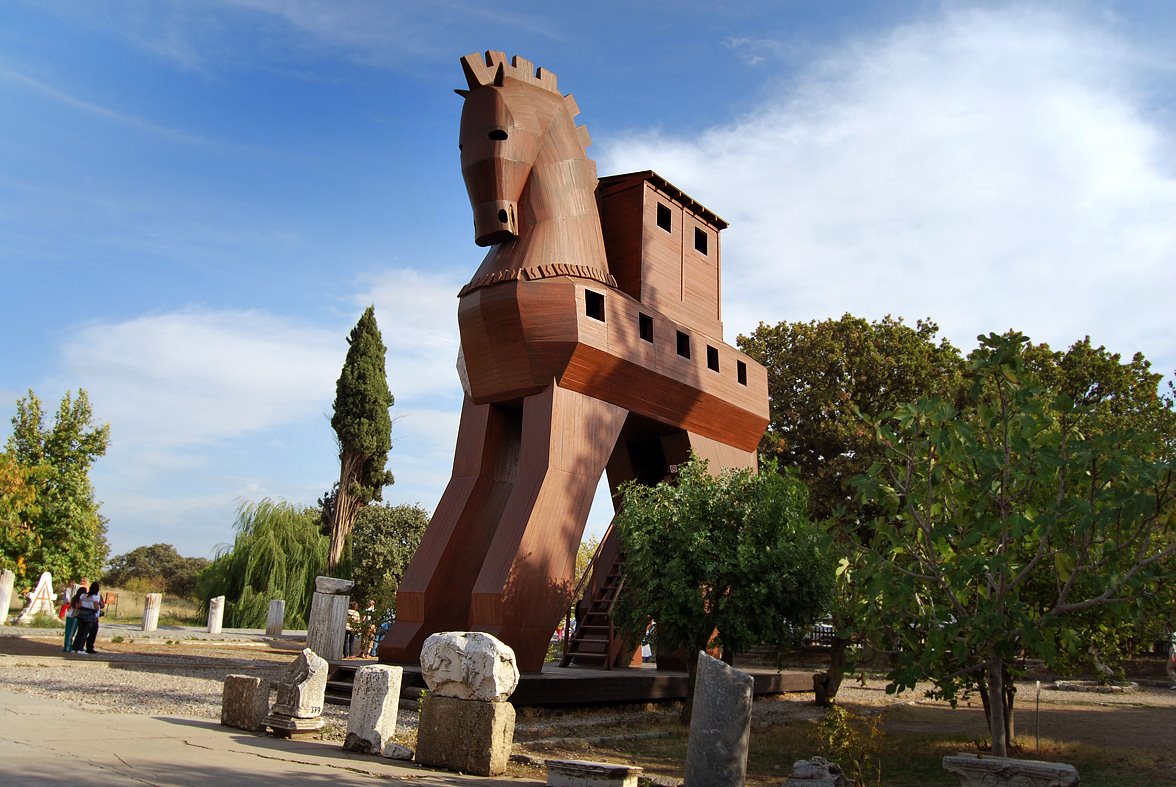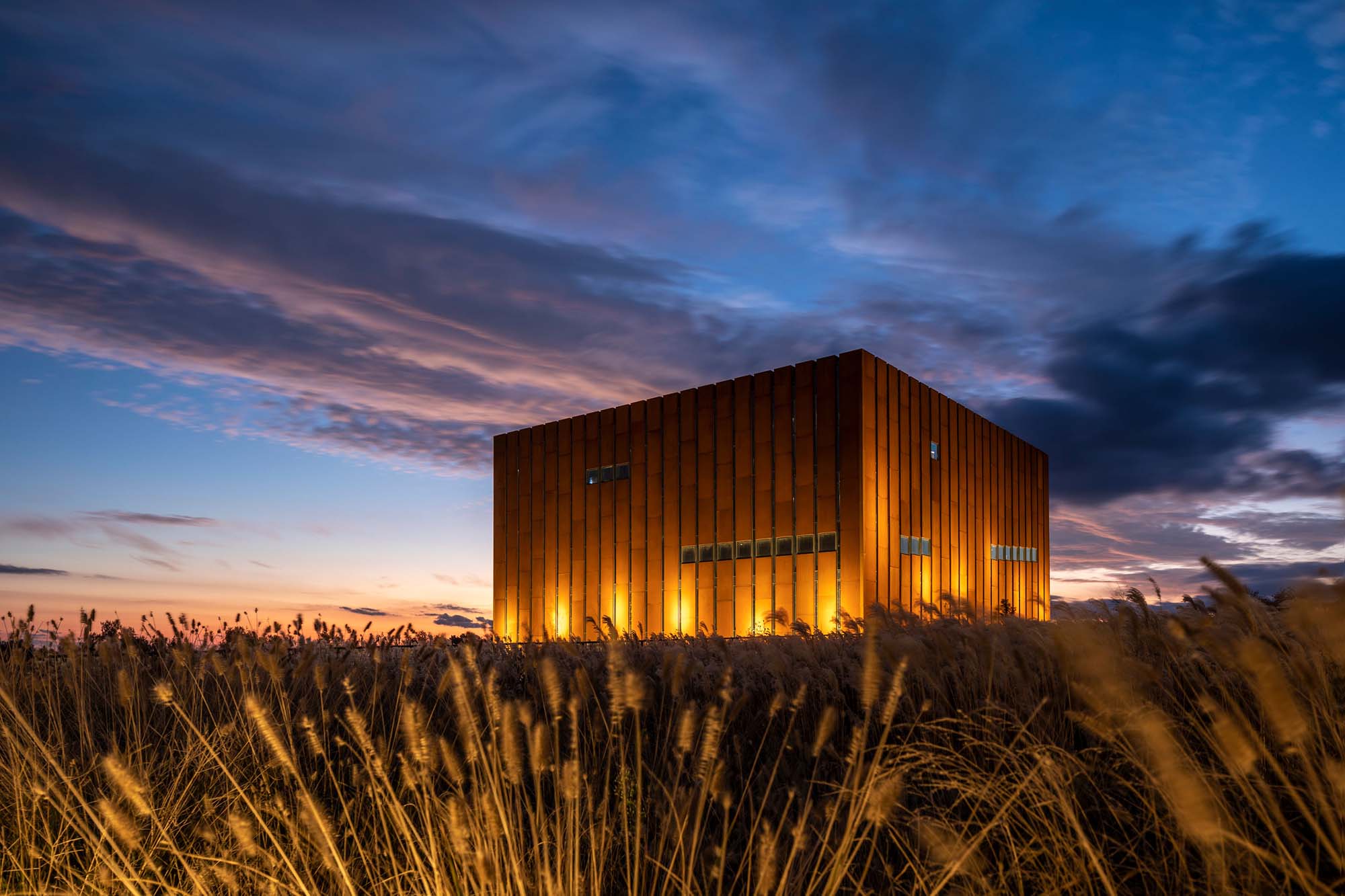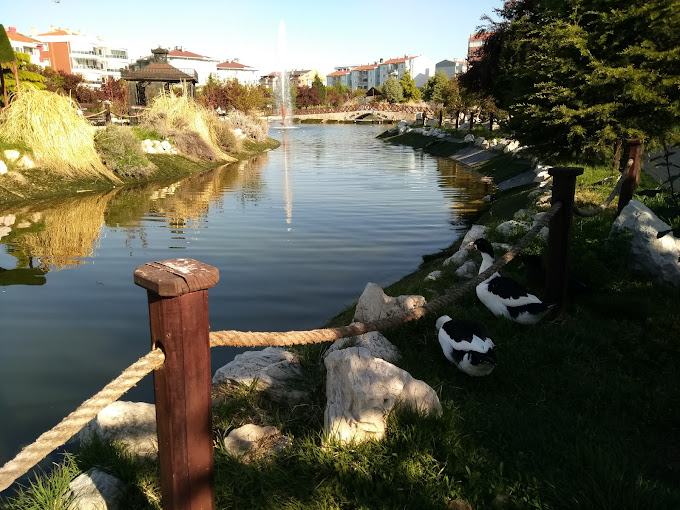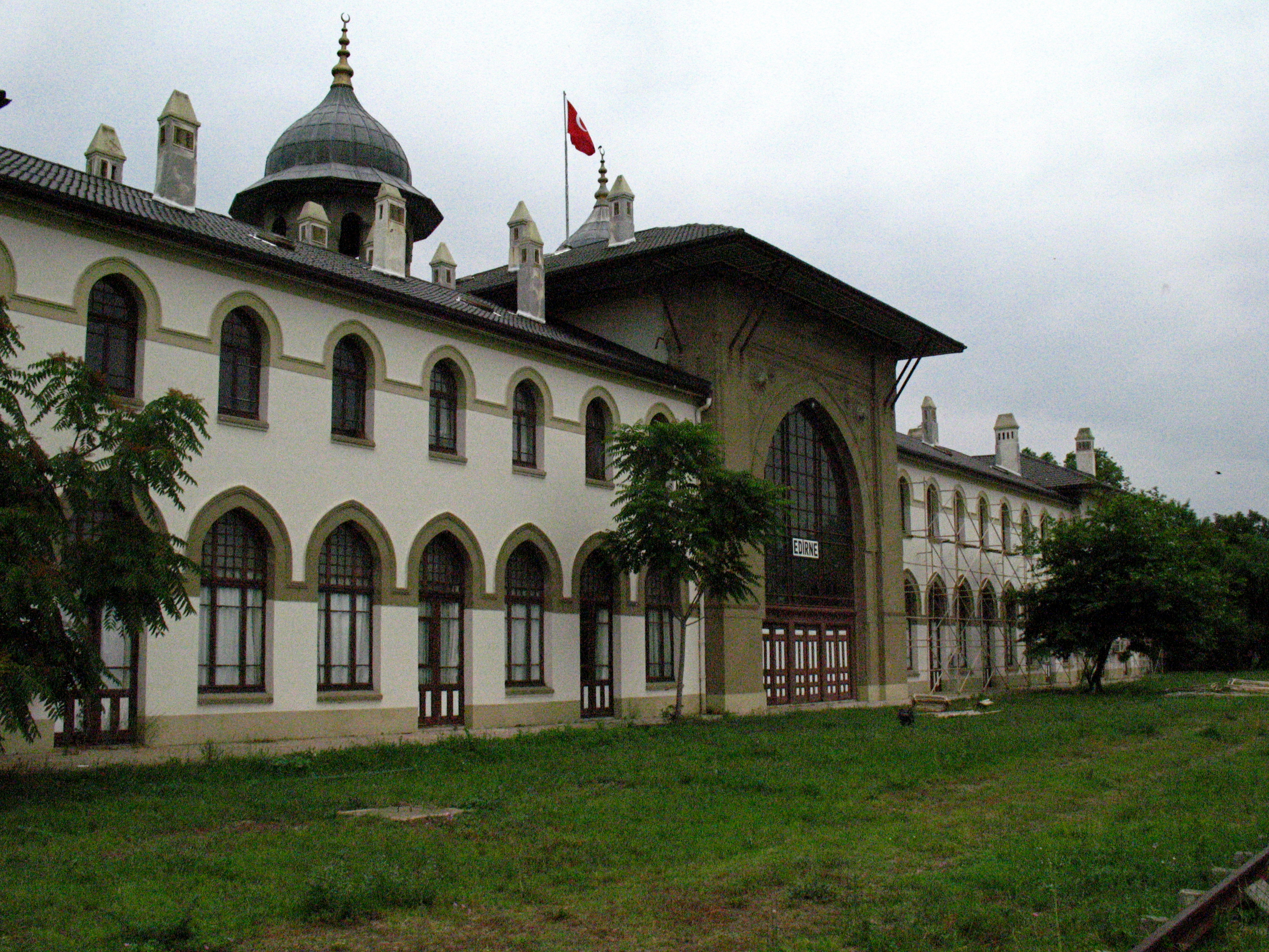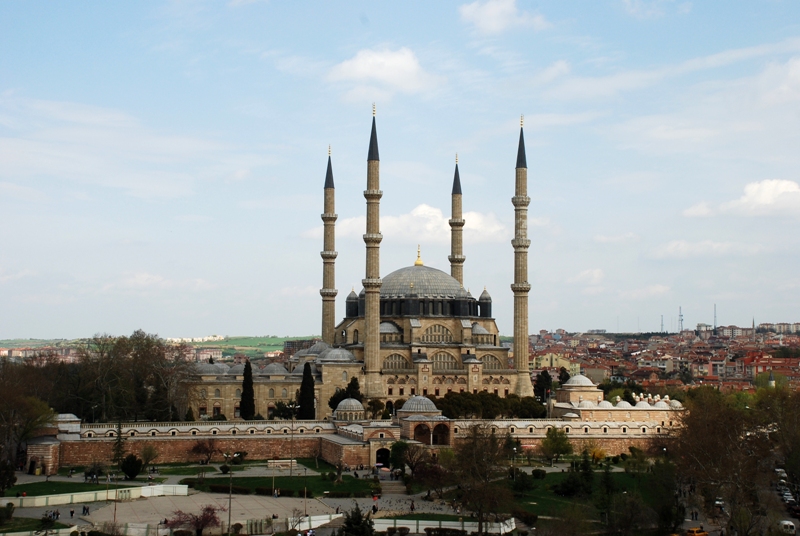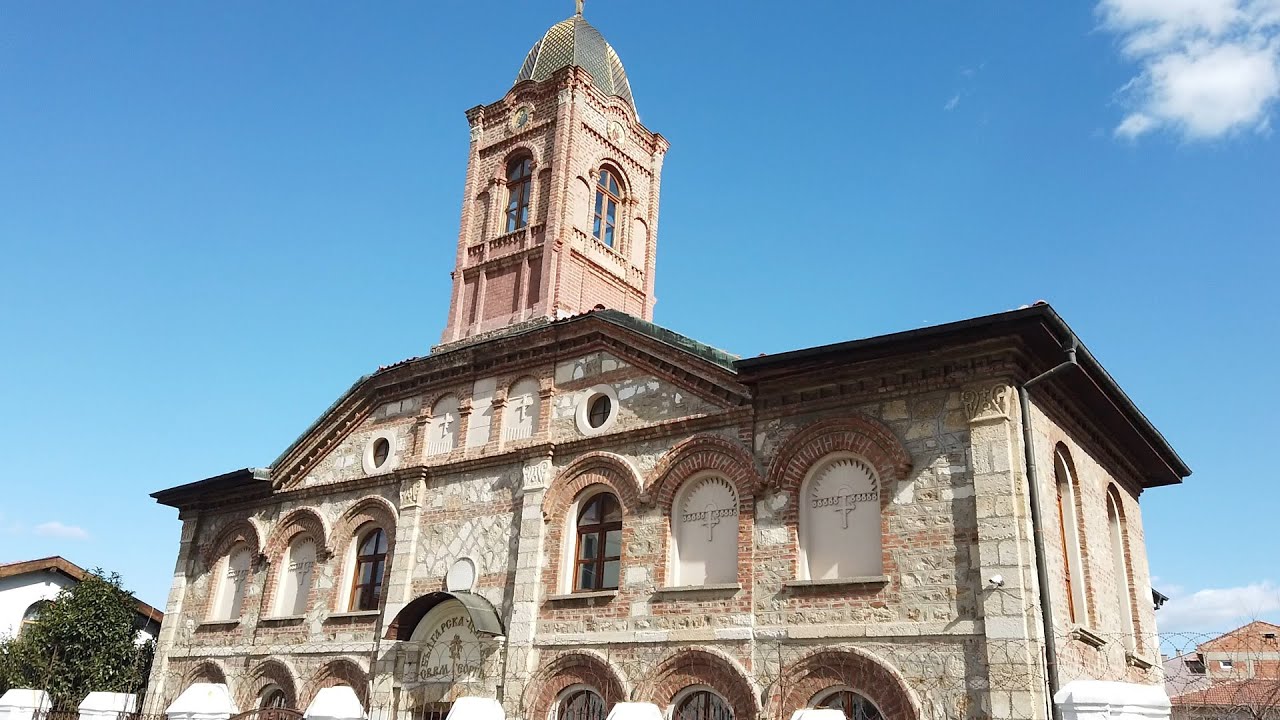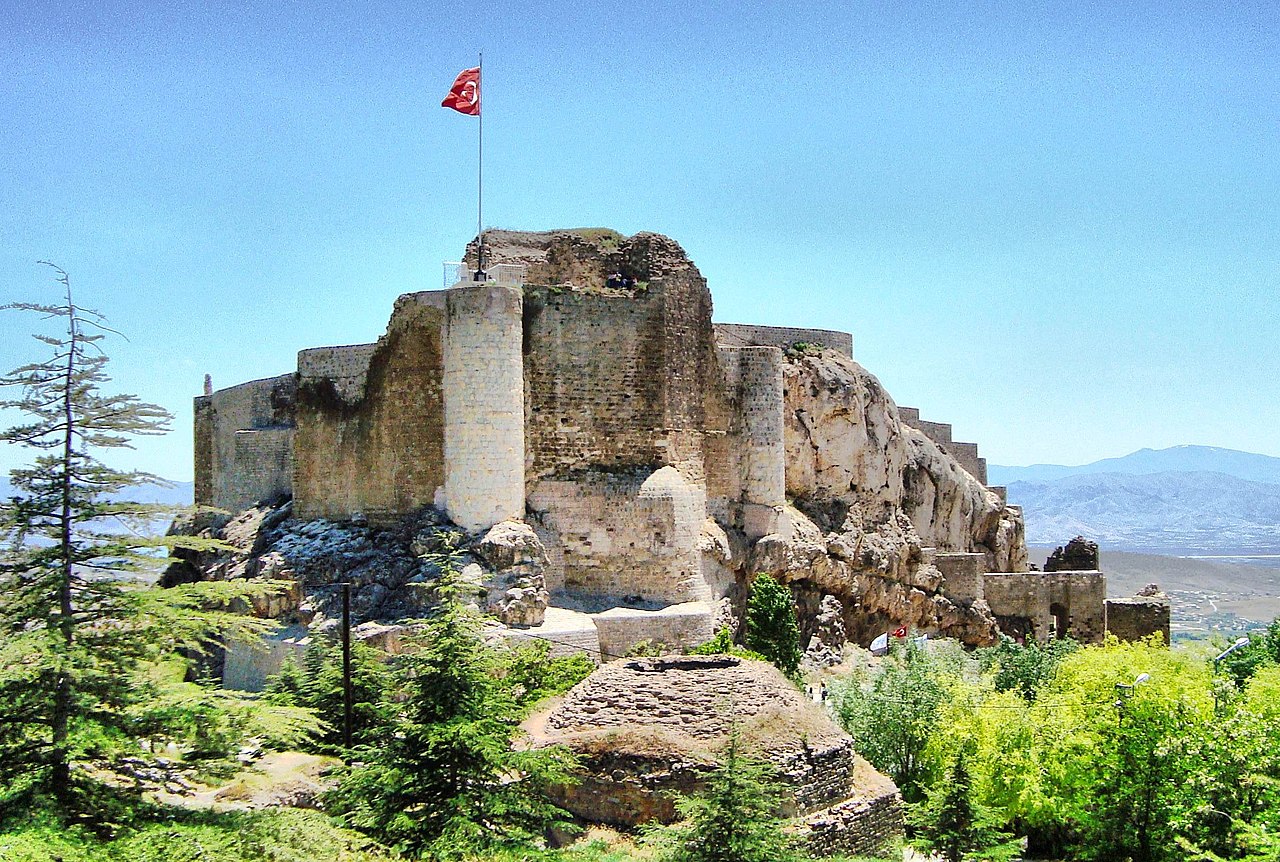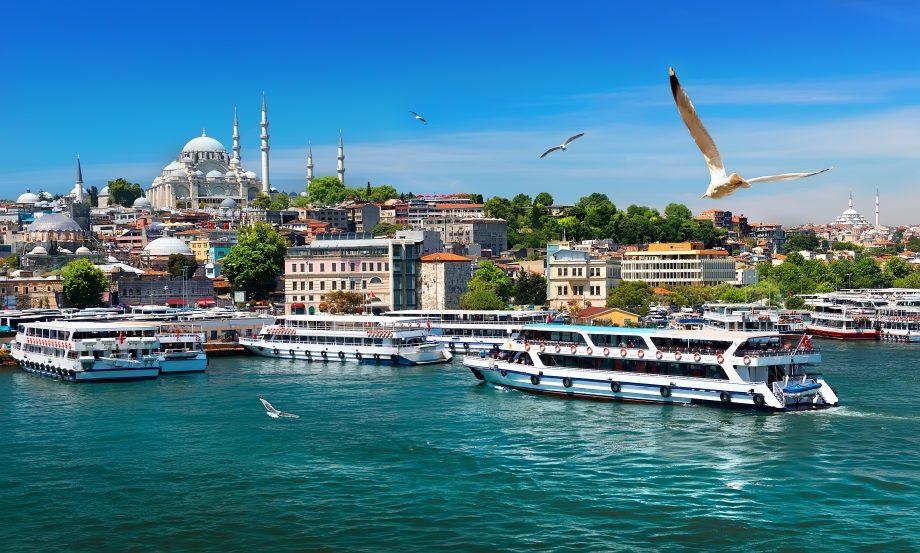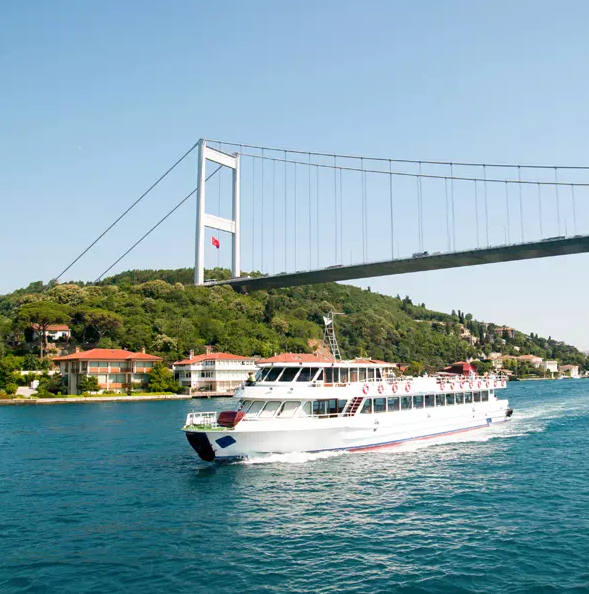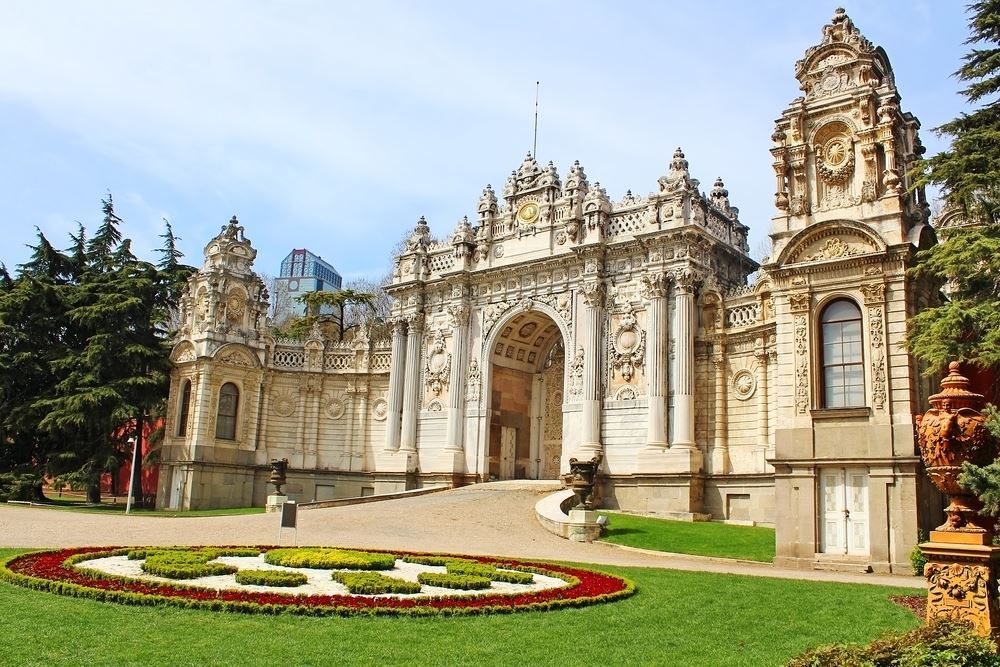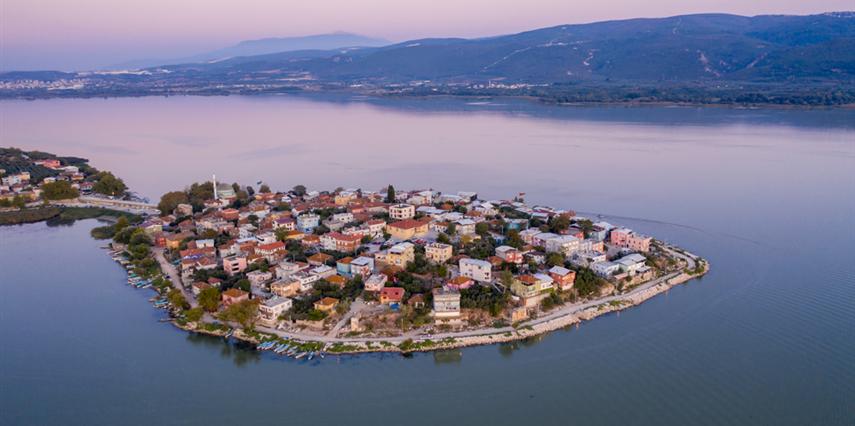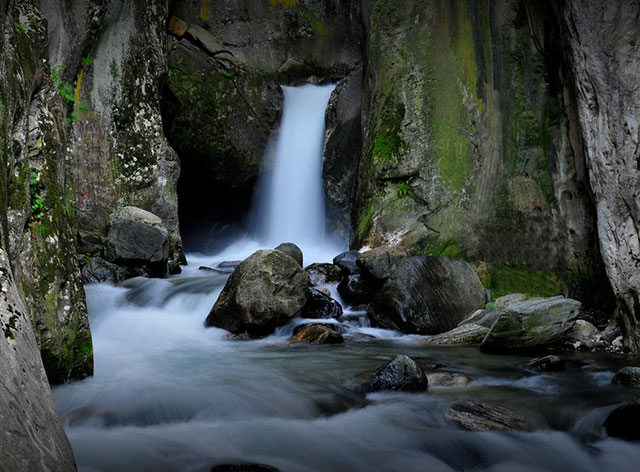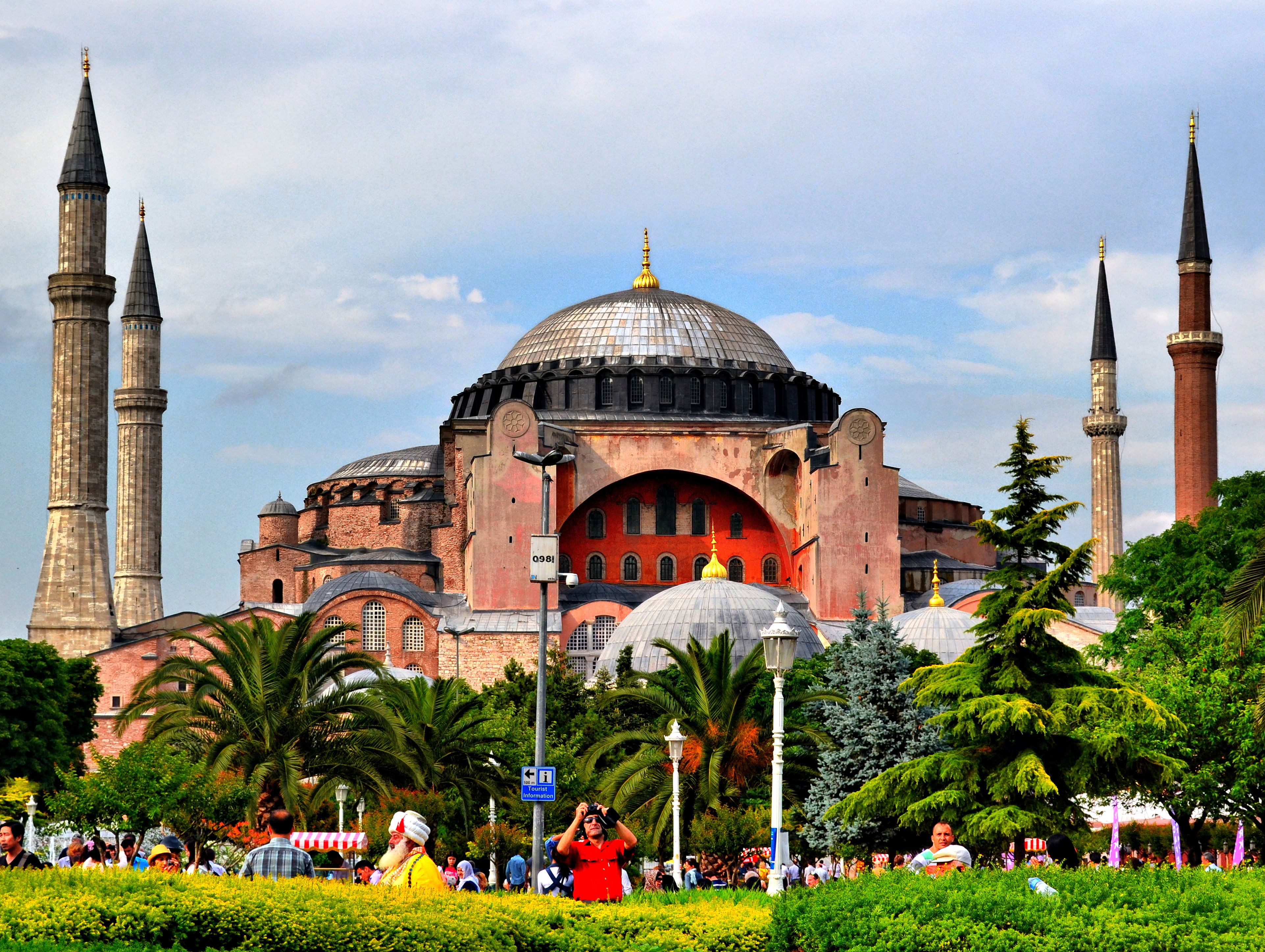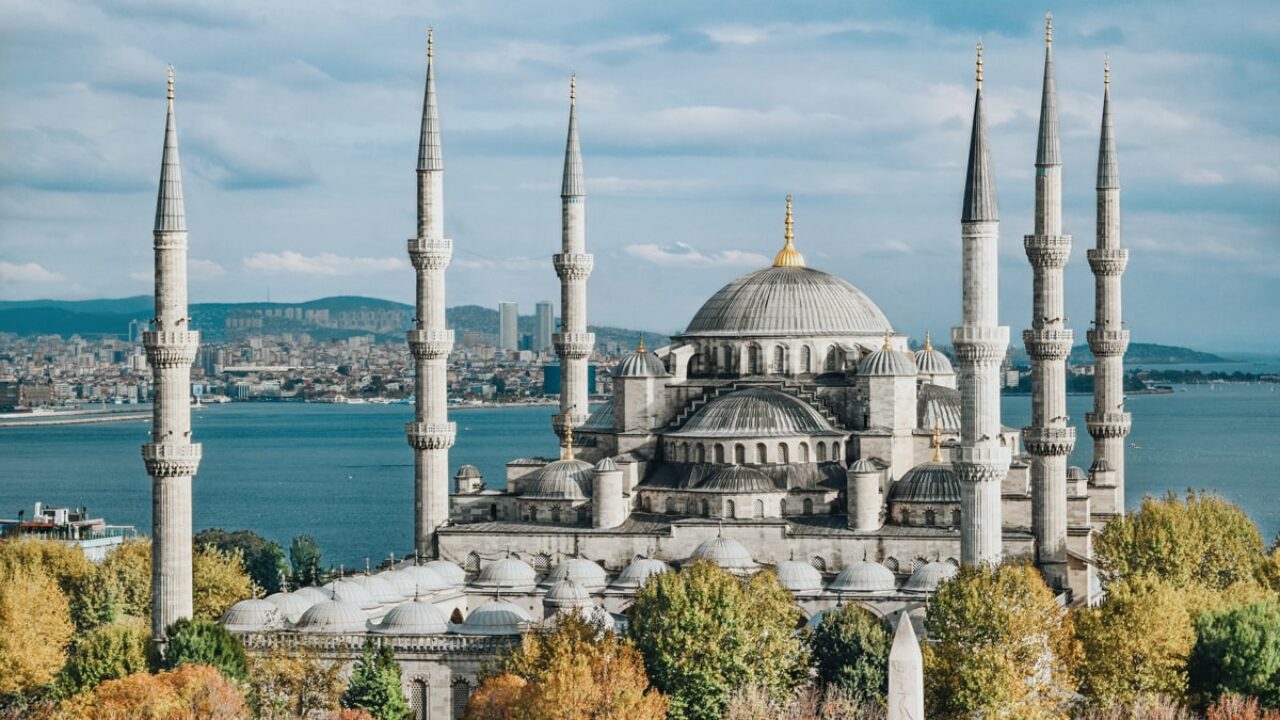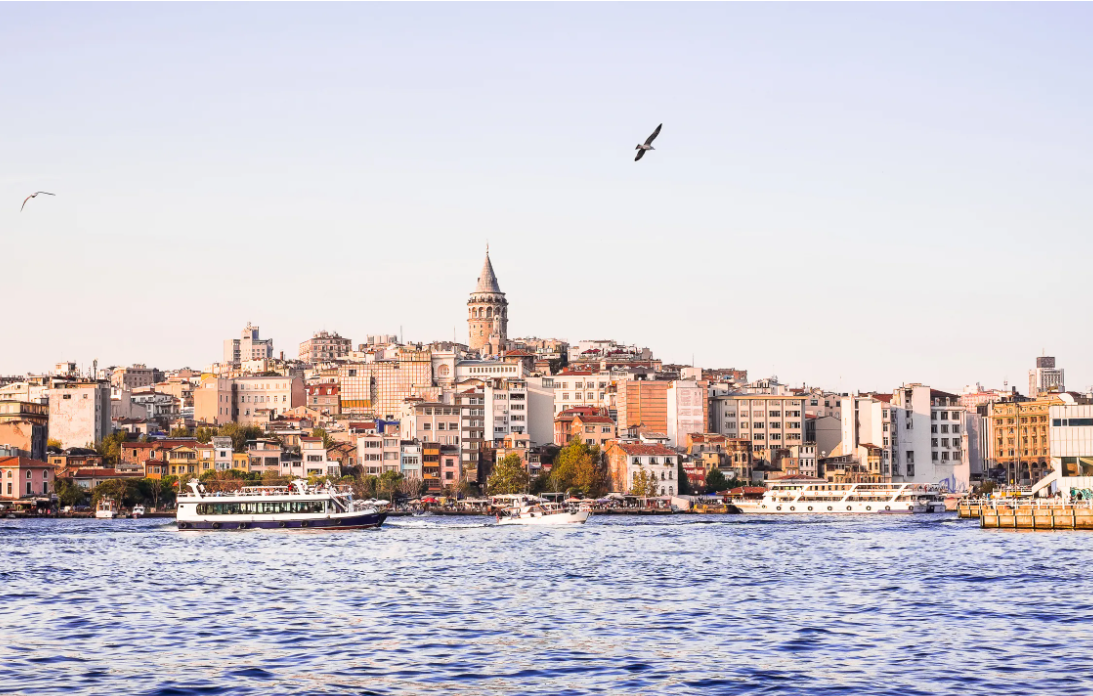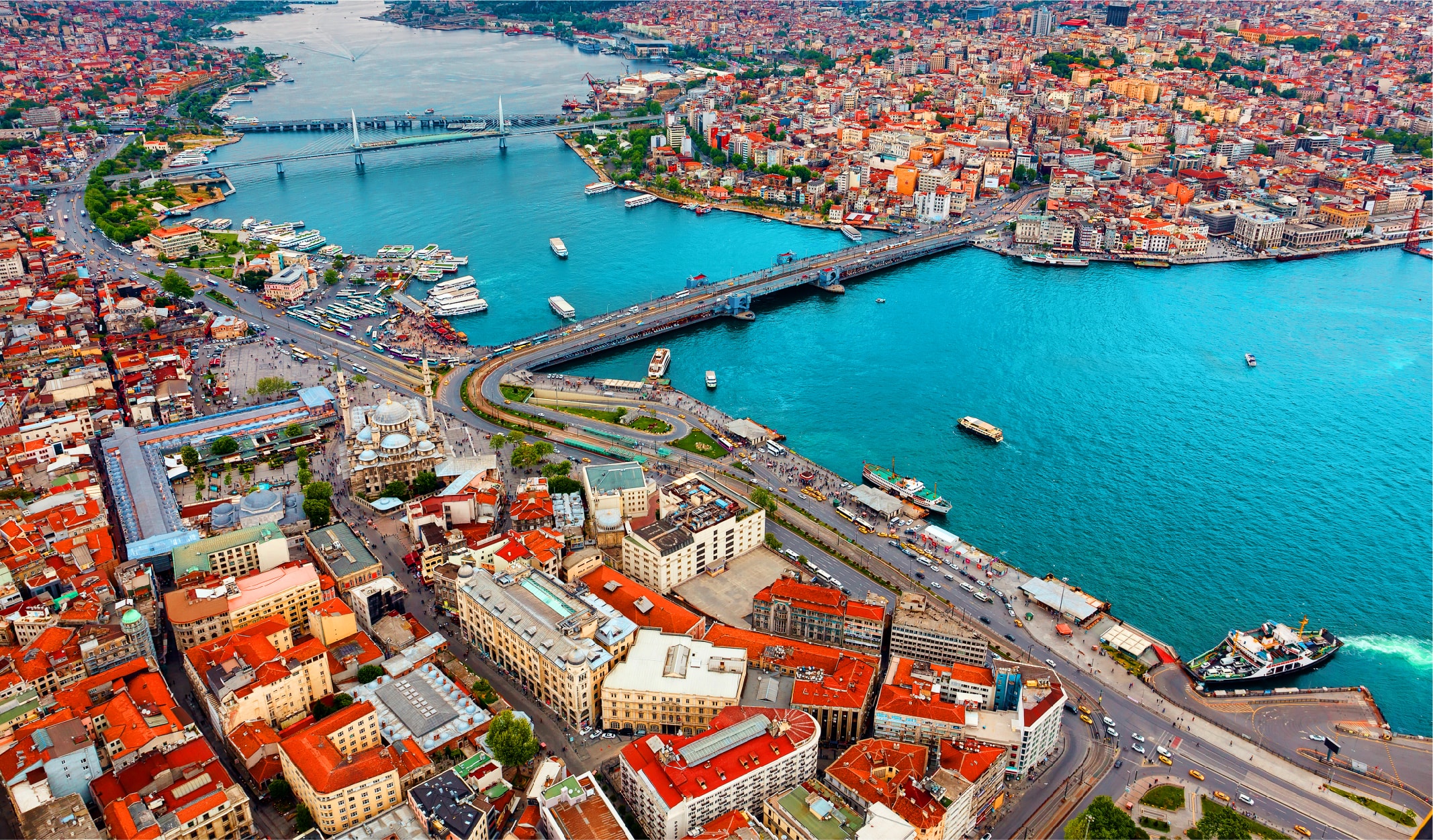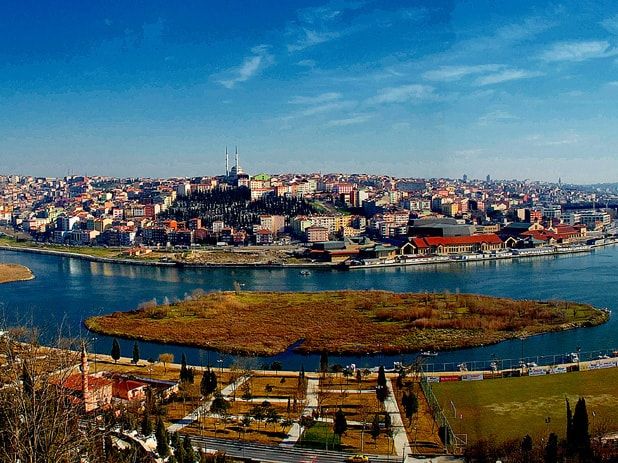The Bridge of Justinian (Sangarius Bridge)
The Bridge of Justinian or Sangarius Bridge is a stone bridge over the Sakarya river from the Late Roman Period in Turkey. The structure was built by the Eastern Roman Emperor Justinian (527-565) to facilitate transportation between the capital Constantinople and the eastern provinces of the empire. The bridge, which is almost 430 m long, was the subject of the works of writers and poets of the period due to its gigantic dimensions. The claim that Justinian planned a canal project in order to pass through Anatolia by ship instead of the Bosphorus and that the bridge was a part of this project is discussed by experts. The bridge was added to the World Heritage Tentative List by UNESCO in 2018.
Justinian Bridge is located in the northwest of Anatolia, 5 kilometers from Adapazarı, in the historical Bithynia region. According to the late Roman historian Procopius, it was built instead of a mobile bridge consisting of boats tied together. Due to the strong current, the boats broke off frequently and were destroyed by the current, and the transportation on the Sakarya river was cut off every time. The fact that Emperor Justinian built a stone bridge is also presumed to be related to the great strategic importance of the river crossing, as an ancient royal road ran from Constantinople to the border of the Sassanid Empire, where Justinian often fought. The construction period of the Justinian Bridge could be determined precisely by using different literary sources. According to these, the construction of the bridge was started in the autumn of 559, when Justinian returned from a research journey to Thrace, and was completed after the peace treaty agreed with the Sassanid Empire in 562. According to the historian Theopanis, the construction of the bridge was started in 6052 by Annus Mundi, which corresponds to the year 559 or 560. The fact that the building was completed in 562 can be understood from the poems of Paulus Silentiarius and Agathias praising the Emperor Justinian and his works. Bridge construction, on the other hand, provided clues for dating works of ancient literature: since Prokop states in his important work on late Roman architecture, De Aedificiis, that the bridge was still under construction, it can be assumed that he published it around 560-561 – five or six years earlier than is usually believed. before. Since the old bed of the wide Sakarya river has shifted to the east about 3 kilometers, the structure is today on the small Çark Stream, which is an outlet of Sapanca Lake. The bridge of Justinanos is made entirely of limestone. The well-preserved building, with its abutments at both ends, has a length of 429 m and has magnificent dimensions with a width of 9.85 m and a height of about 10 m. The magnificence of the building is emphasized by the arches, each between 23 and 24.5 m wide. The width of the bridge piers is approximately 6 m. The five arches in the middle of the river end with two arches, one 19.5 m wide and the other 20 m wide; Today, Çark Creek flows under one of the arches on the west side. Outside the riverbed, in the flood zone, there are also five arches of 3 to 9 meters wide to protect the bridge from flooding. Two of them are on the west coast and three are on the east coast. The ones on the east bank were partially destroyed during the construction of a single track railway. The thickness of each of the two bridge piers on the transition from the coastal zone to the seven arches on the river bed is approximately 9.5 m. On the end stones of the seven great arches were crosses, possibly a symbol of Christianity, but only two of these have survived to this day.





